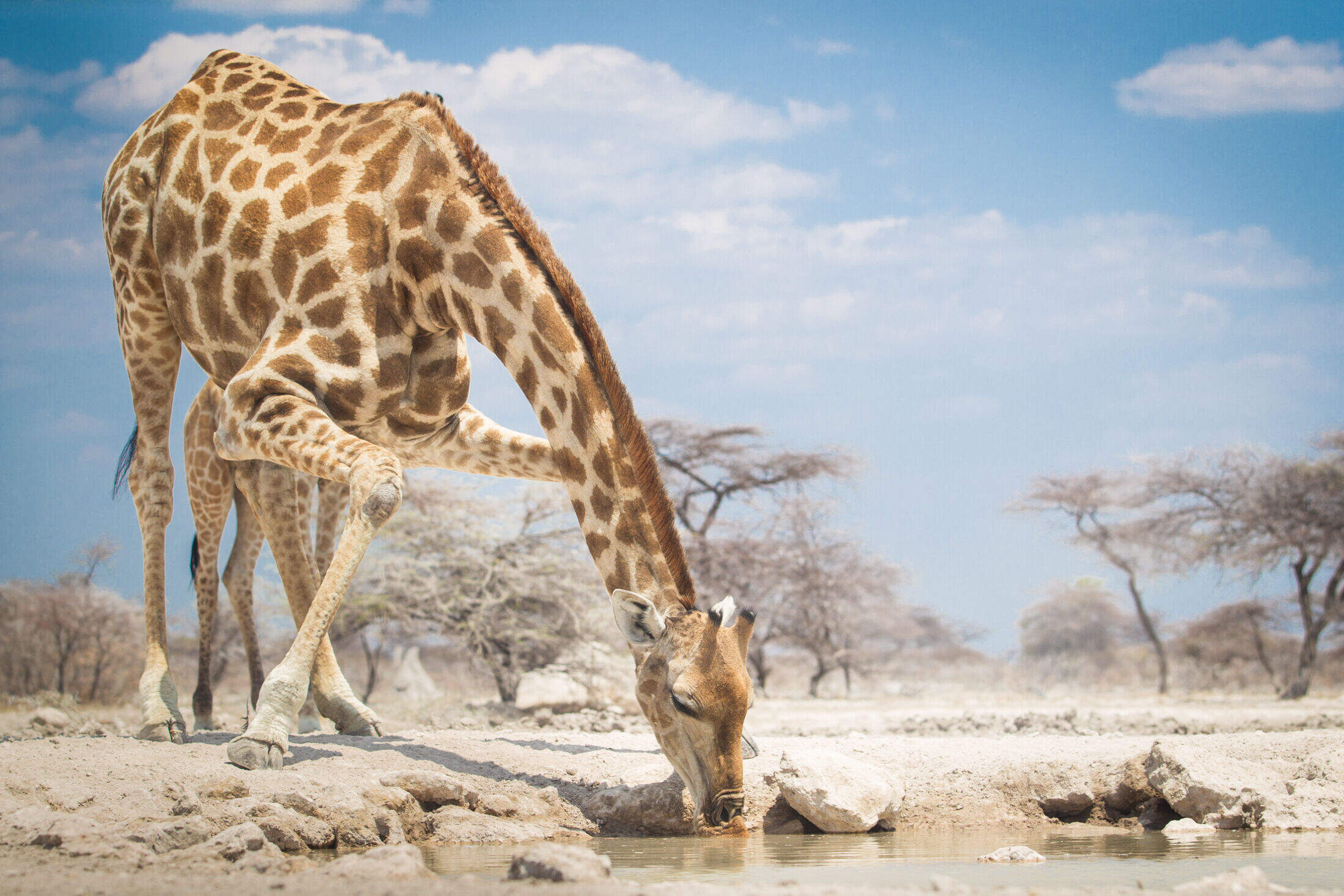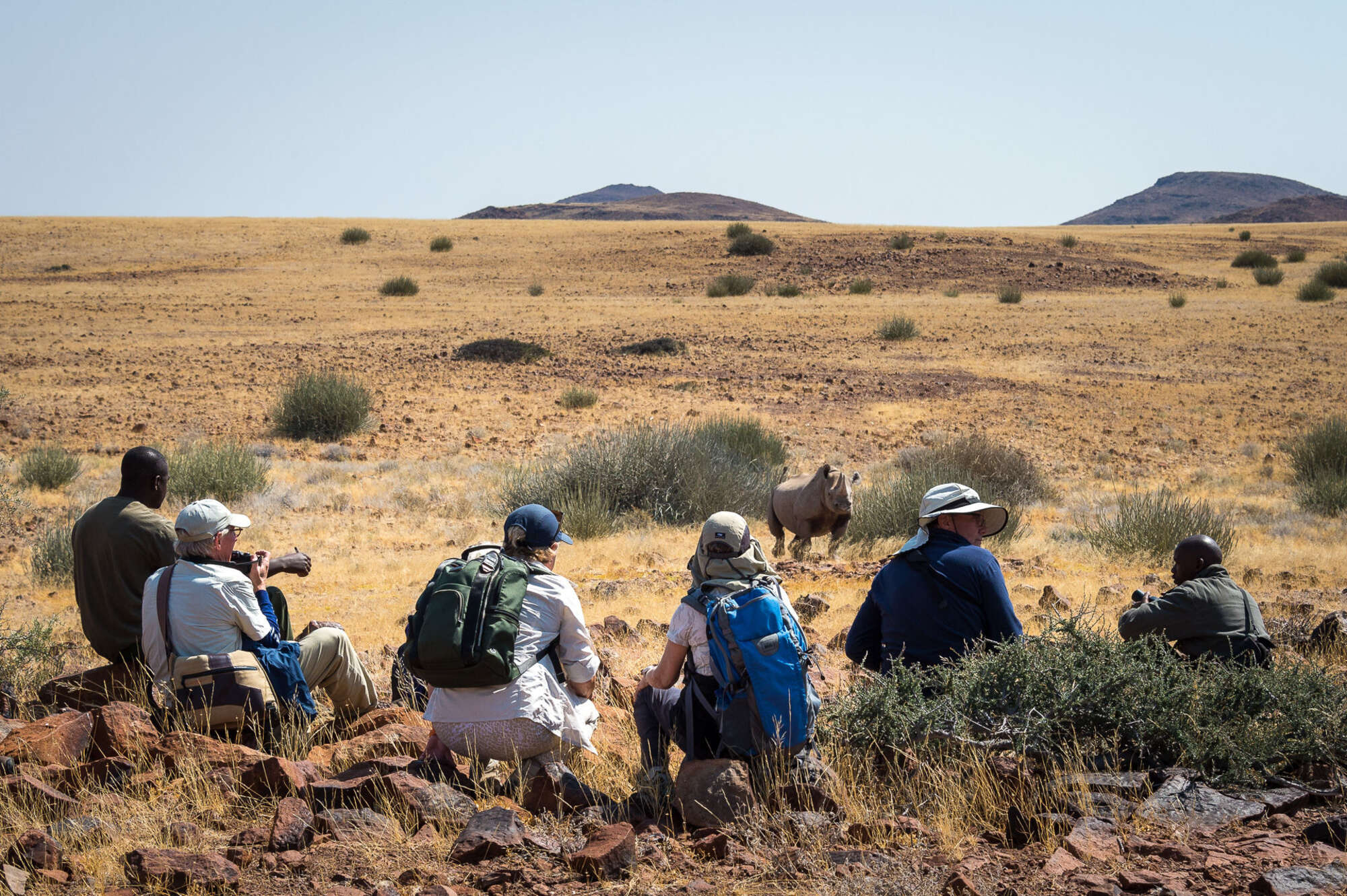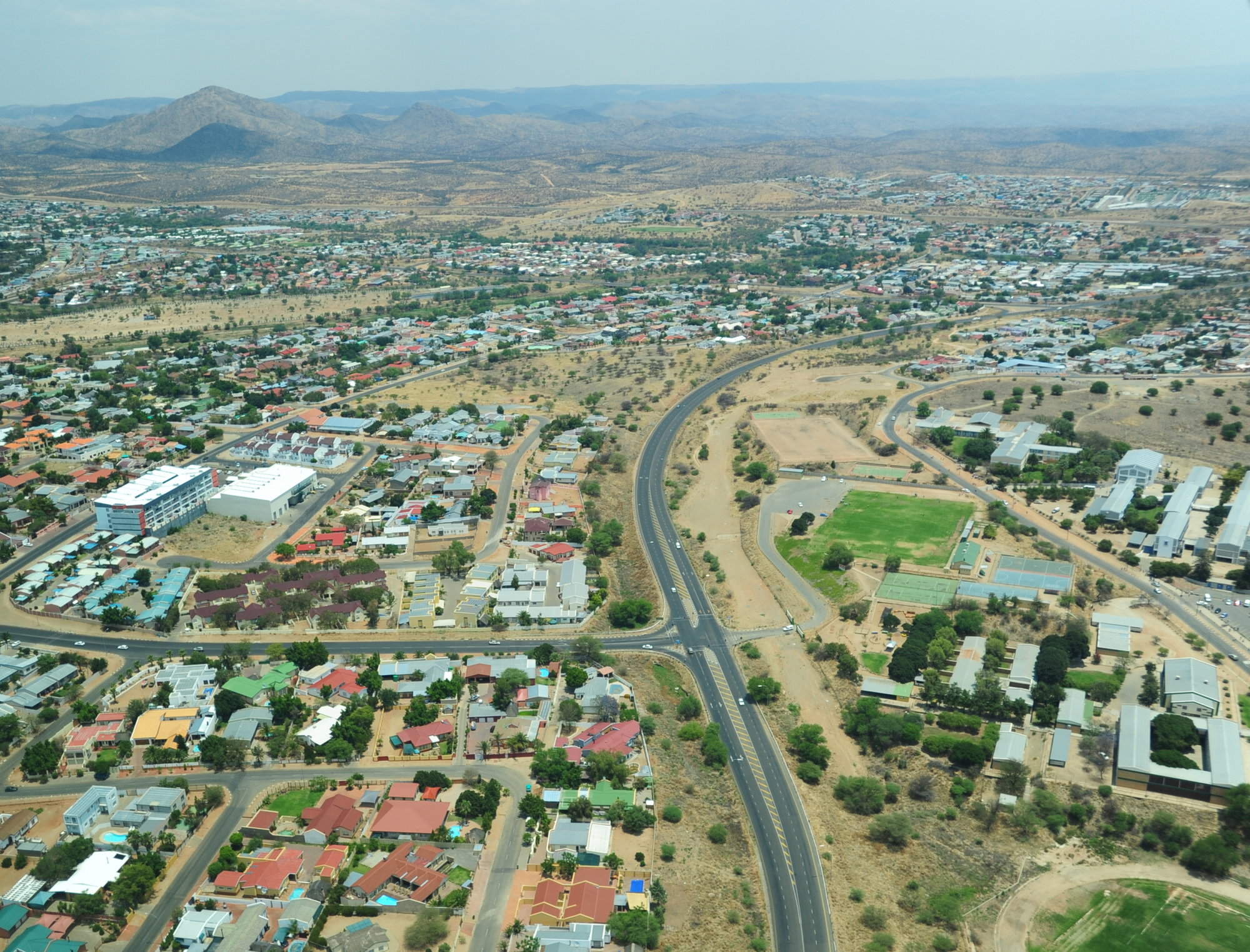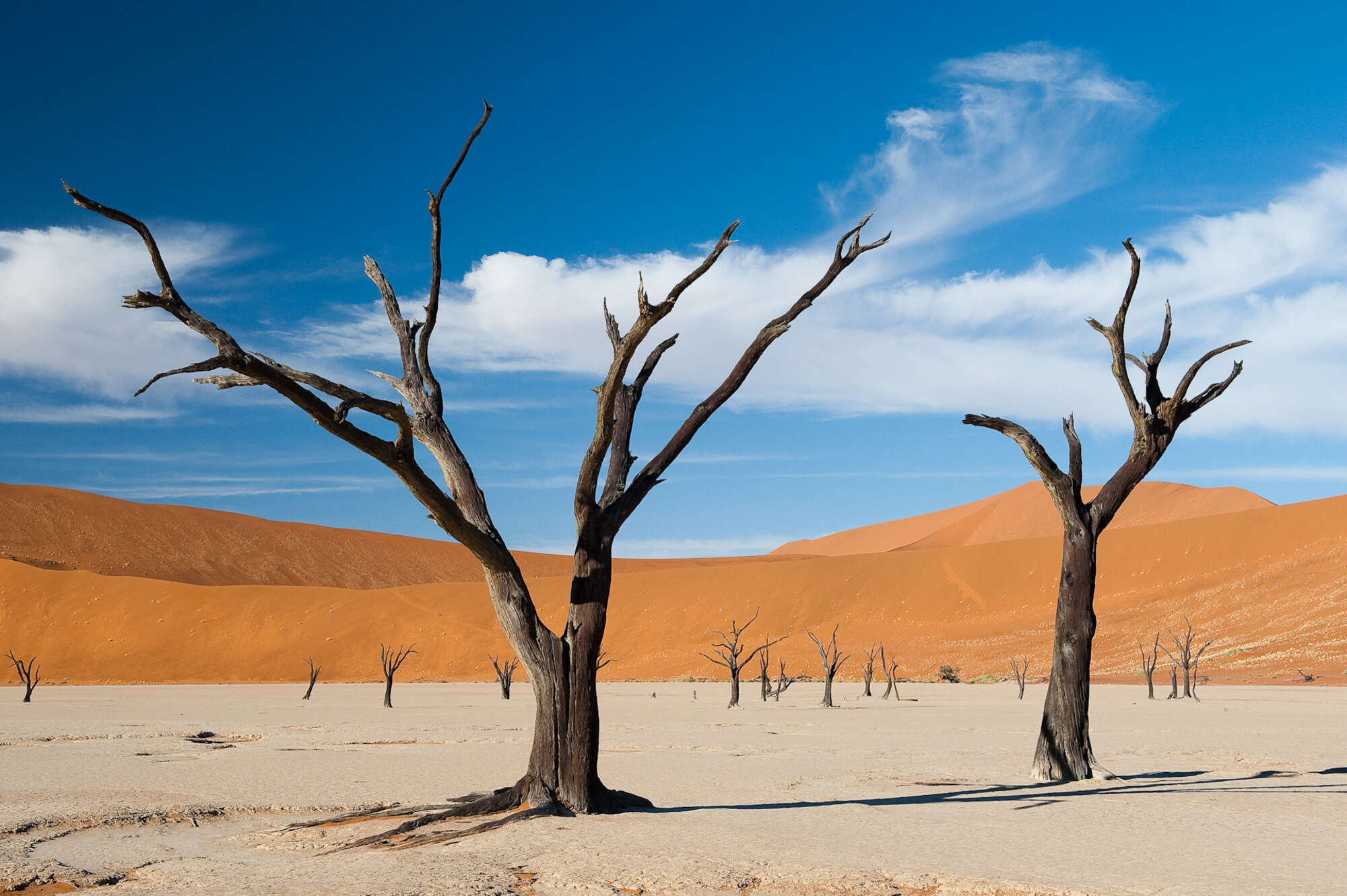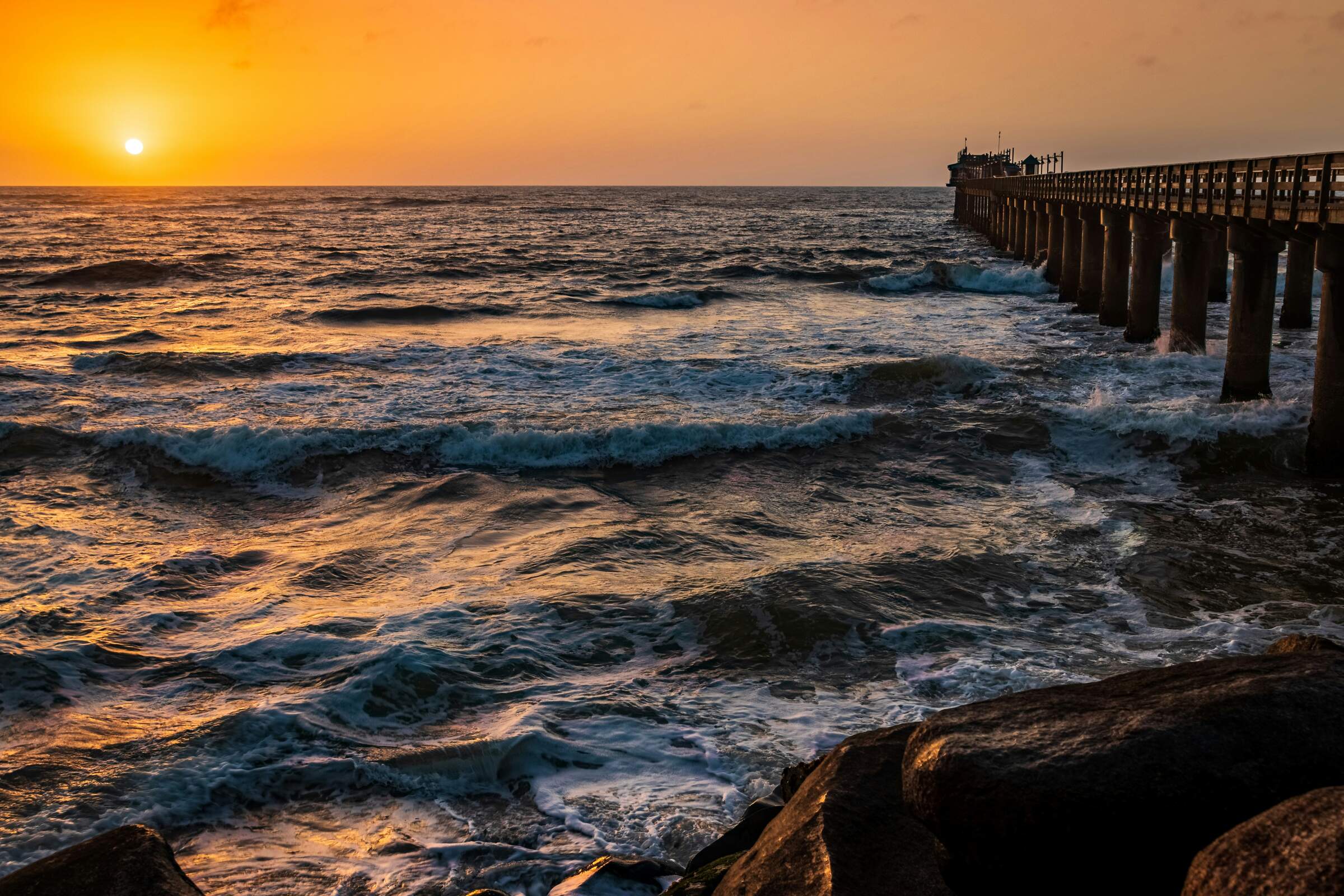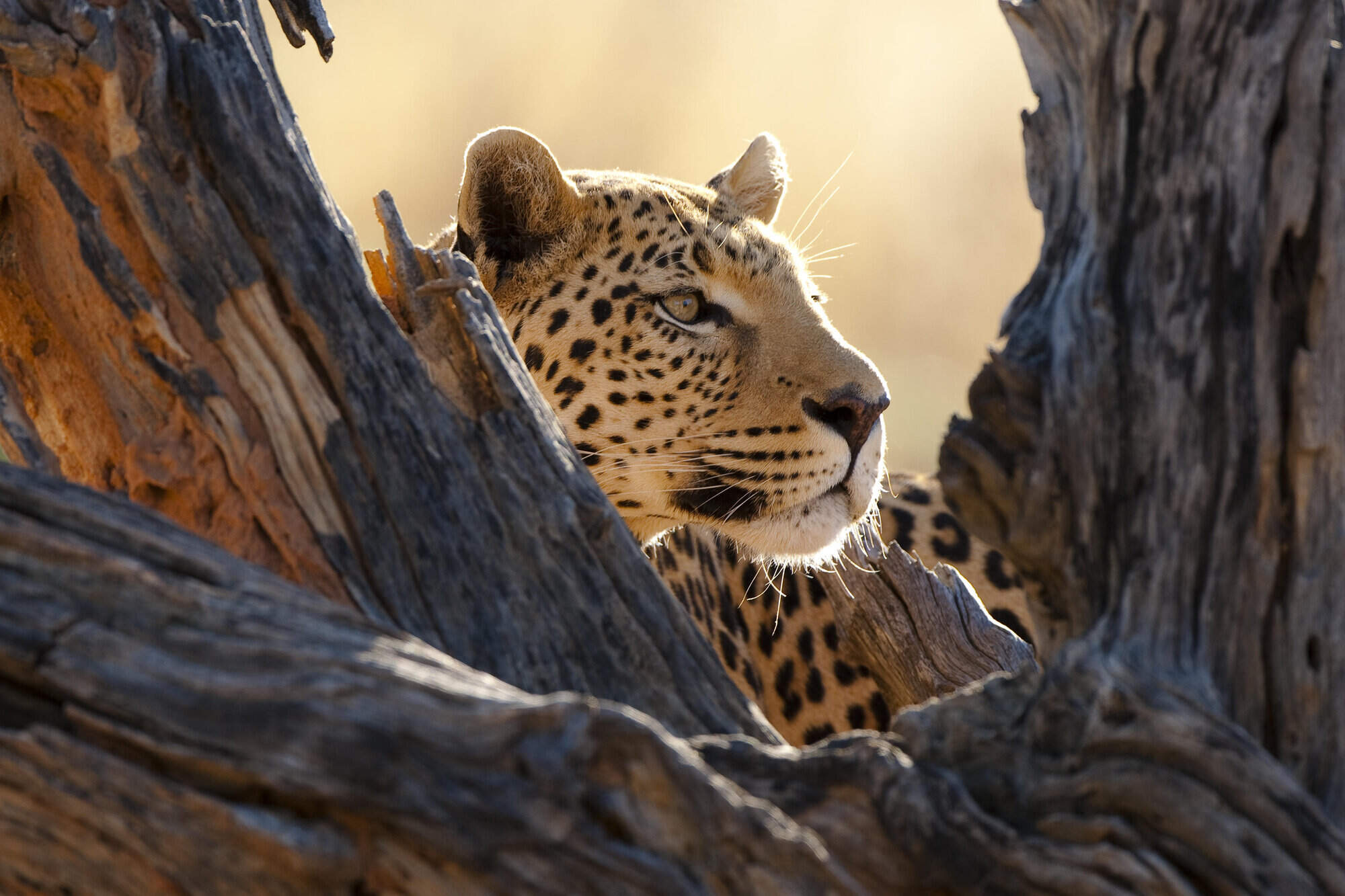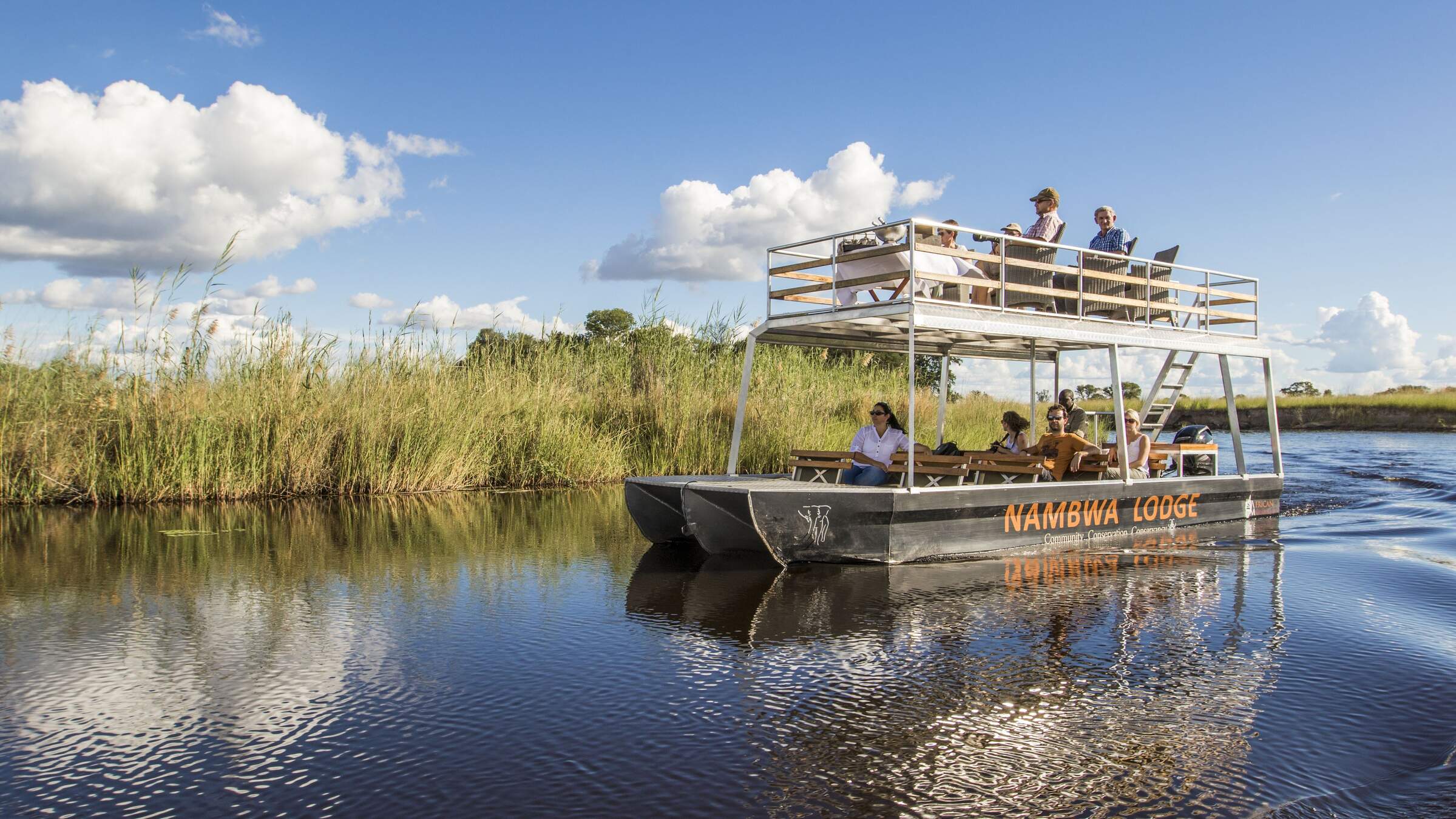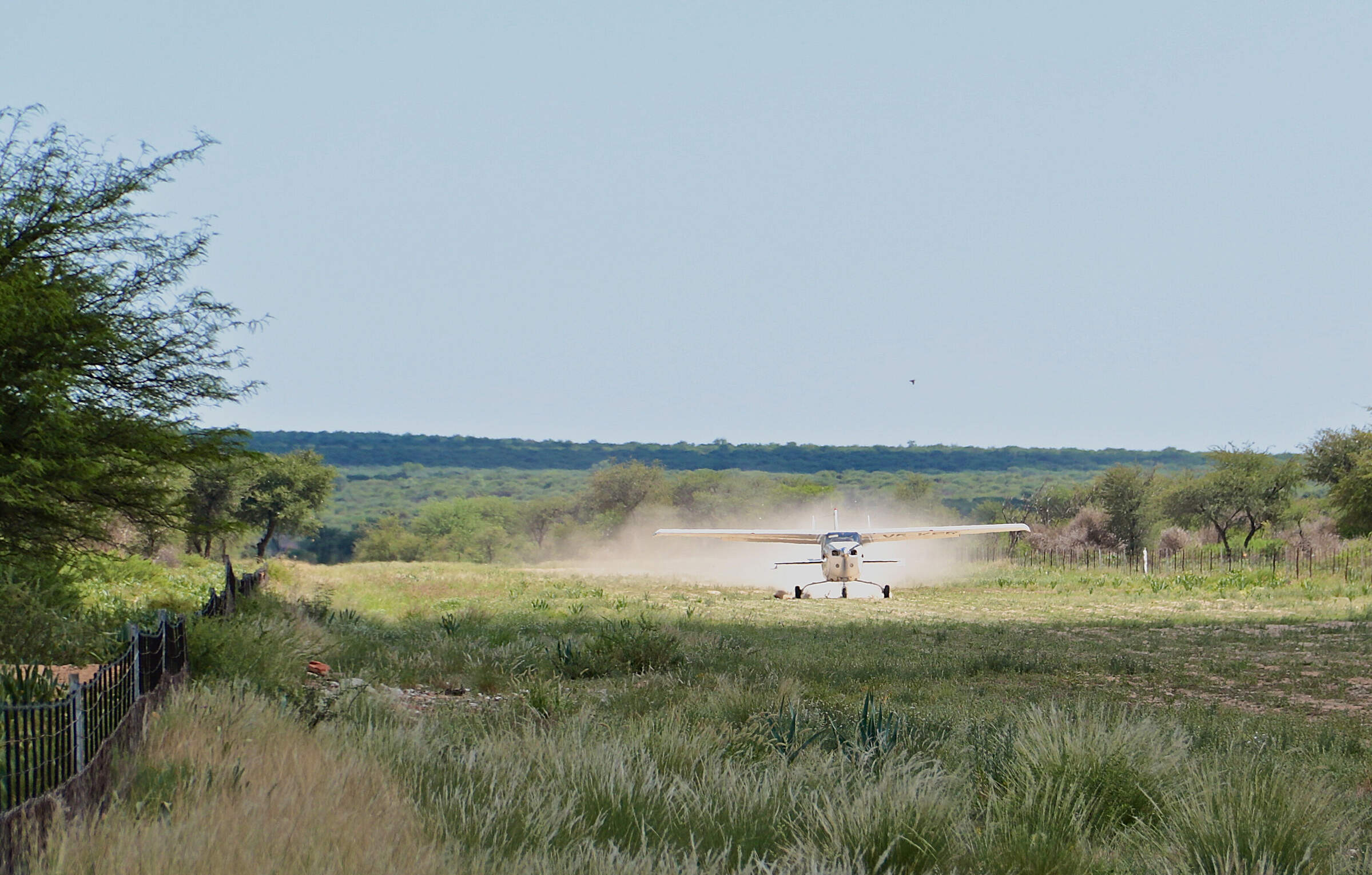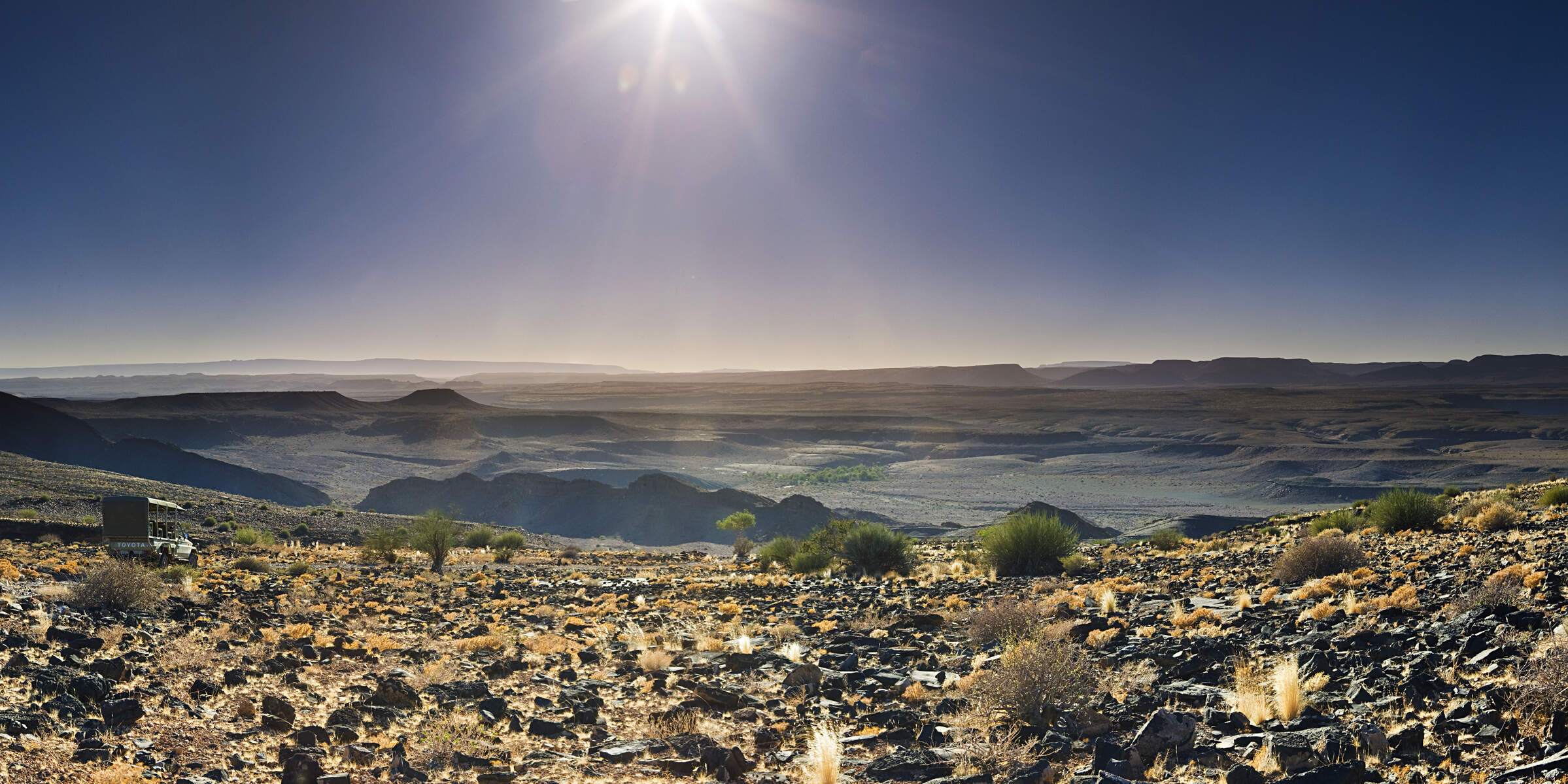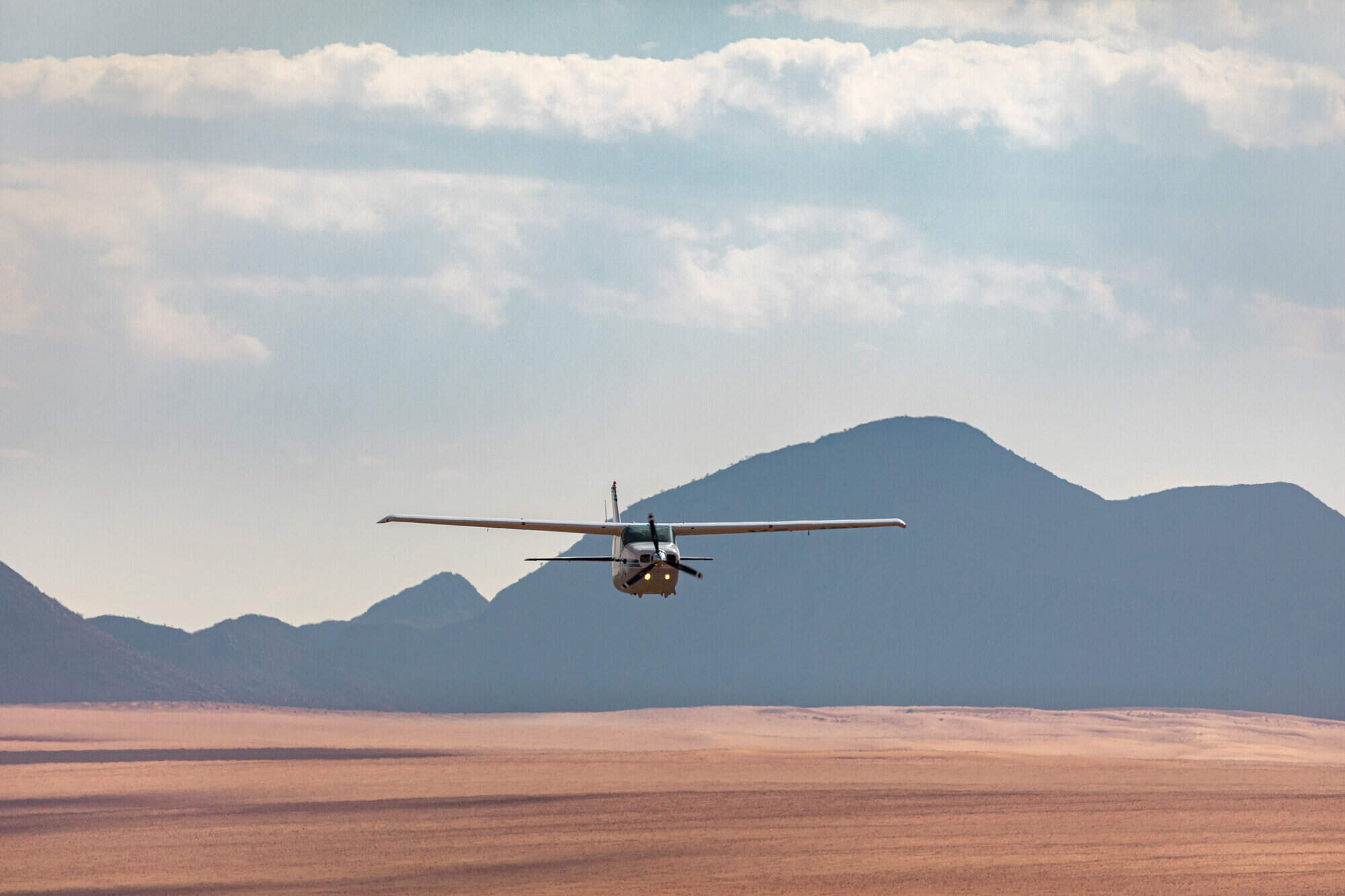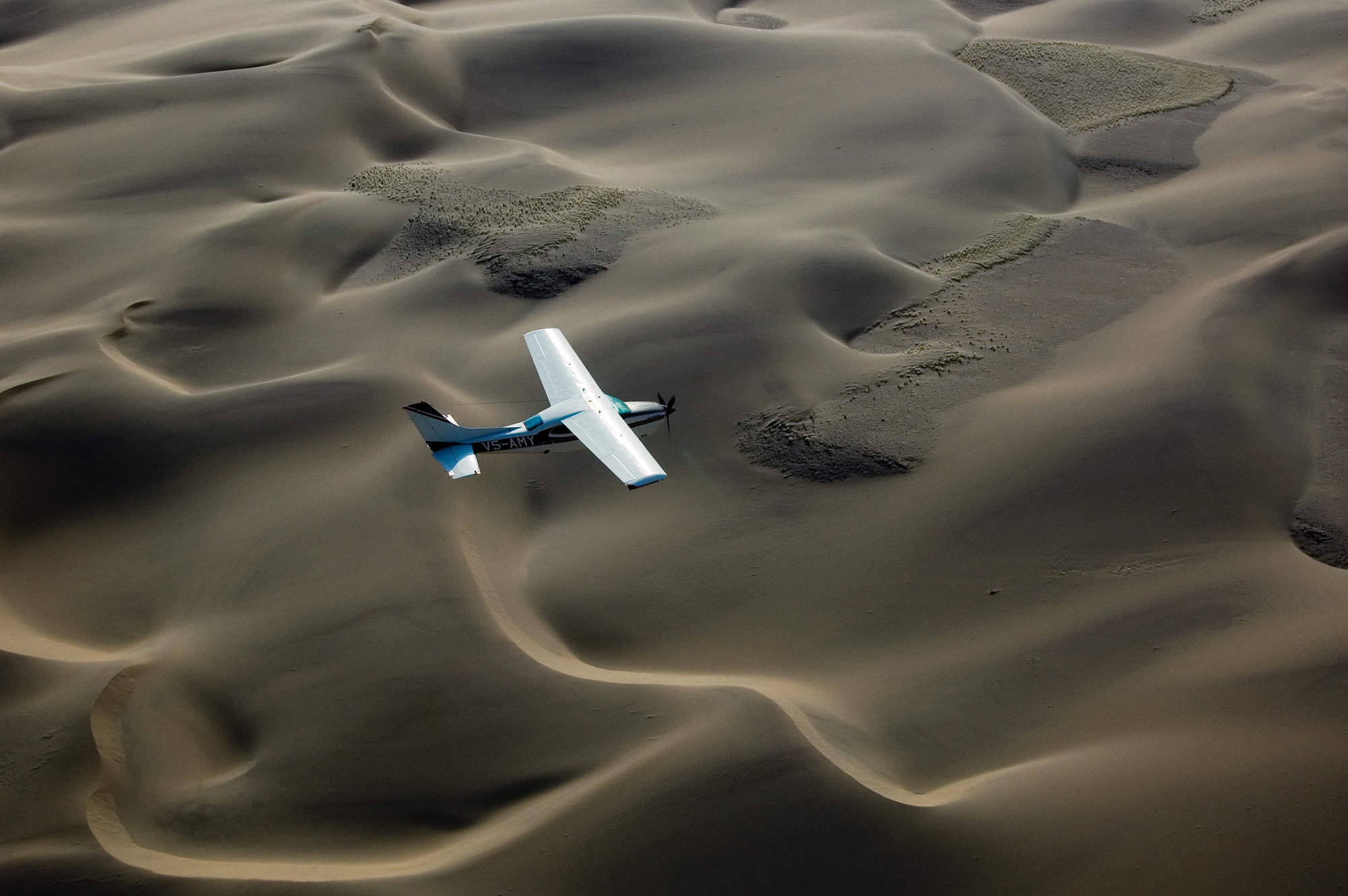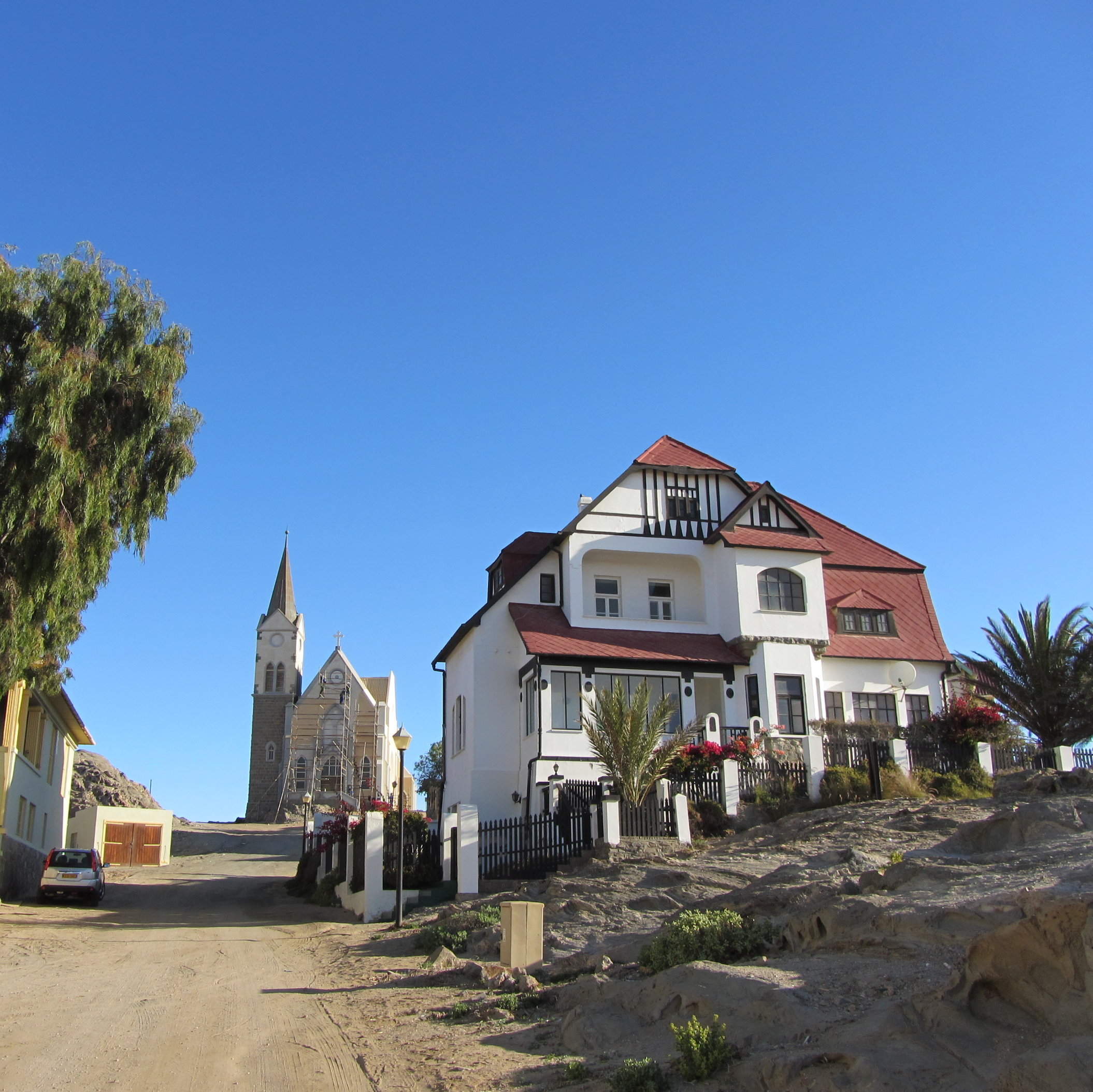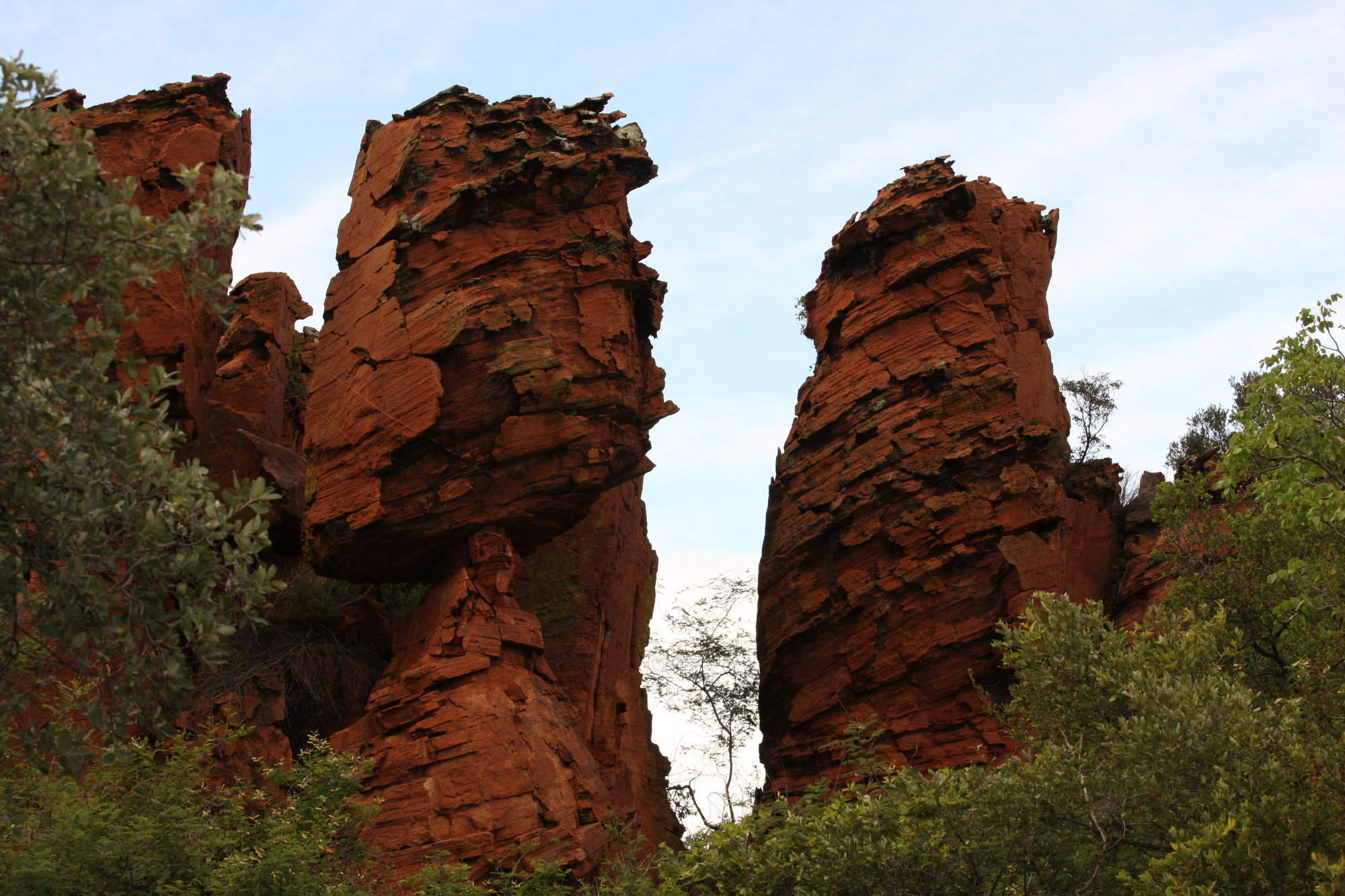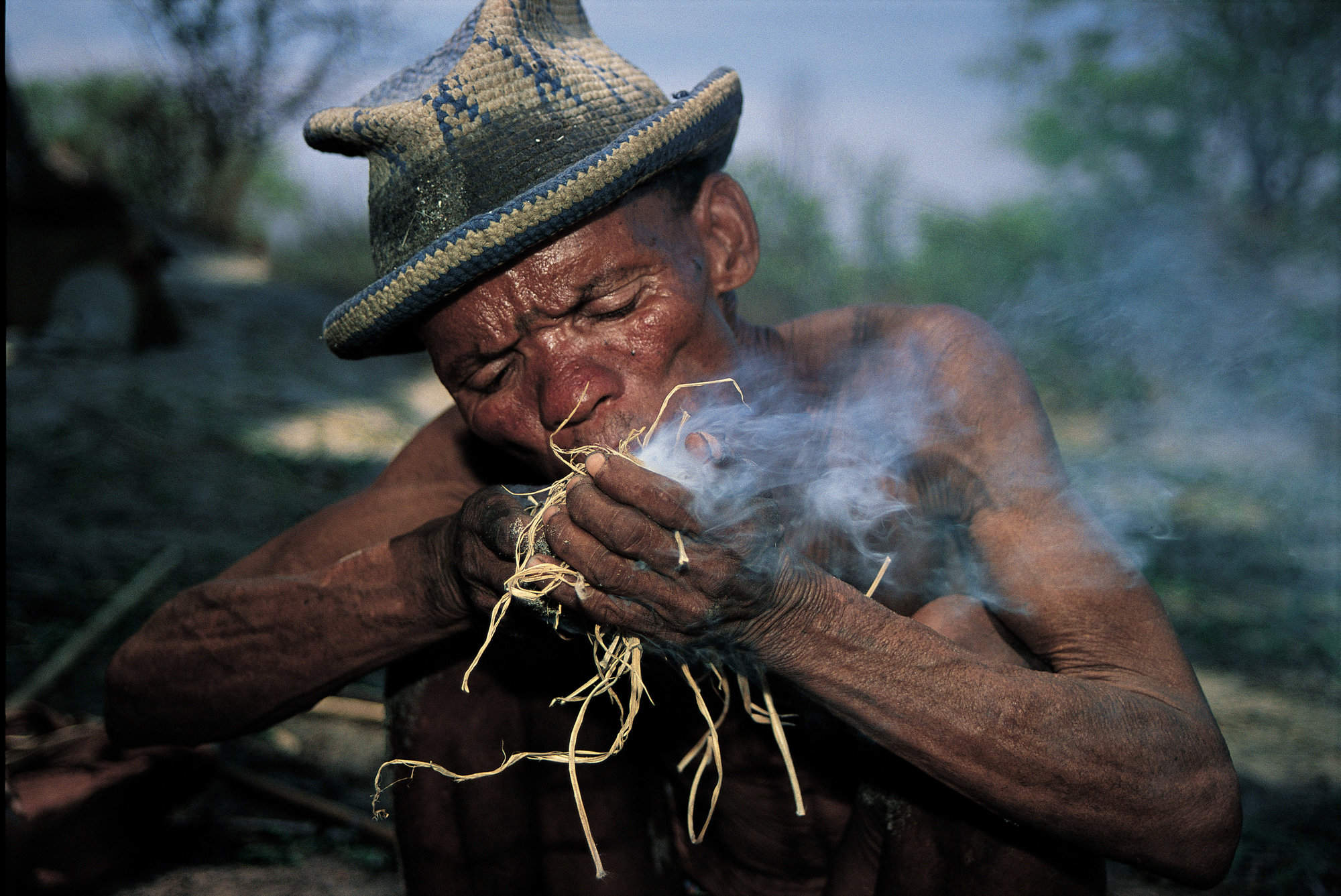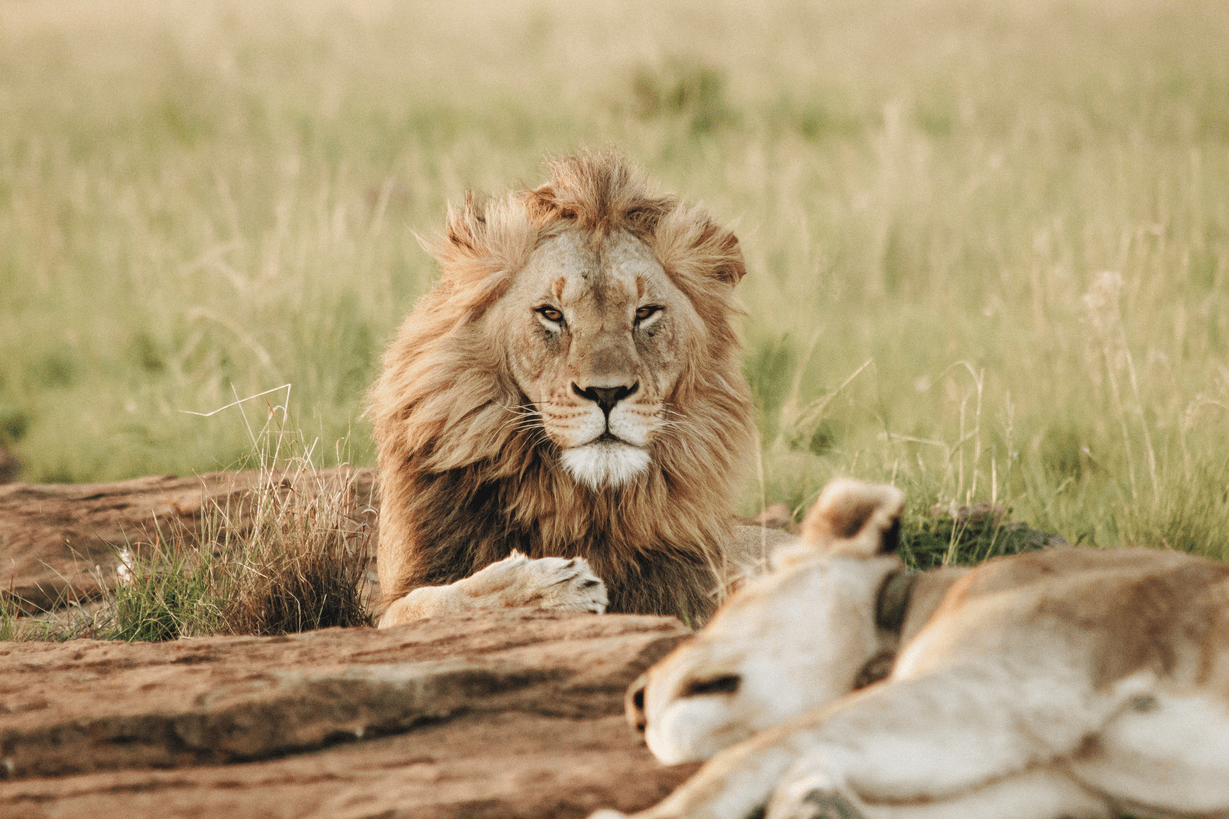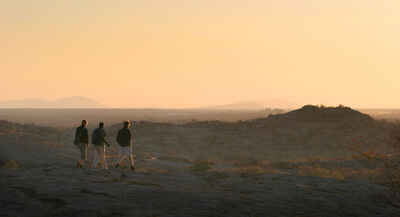
great walking opportunities
fascinating ancient rock art
gorgeous settings & stunning views
tucked amongst giant boulders
spot wildlife on private reserves
some of the smaller residents!
there is a smattering of wildlife
knowledgable guides really bring the bush to life.
there is plenty of variety here
Central Highlands
Central Highlands
Cave paintings hidden among scenic hills, private game reserves and a personal welcome are key to the Central Highlands.
Each guest farm, each individual lodge, is different – ensuring a unique take on the area depending on where you stay.
Thanks to reasonable rainfall, farming has long been at the heart of these fertile hills, but the move from cattle towards game is more recent. Staying on a farm is a great opportunity, allowing a real insight into the challenges and rewards of this area. Many farms welcome travellers into their homes, too, where dining en famille adds another dimension, one of relaxed familiarity that only serves to enhance a stay.
As traditional farms have merged to form game reserves, notably in the Erongo Conservancy, so the indigenous wildlife has benefited. Dassies dot the rocky hillsides, zebra and black-faced impala graze the plains, and trees offer tasty treats to giraffe and kudu: all watched by unseen predators waiting patiently in the wings.
In many areas, excellent walking combines with fascinating rock formations dotted with cave paintings, making for constant variety. Walking – and superb guiding – is also at the heart of a stay at Mundulea, while at others, such as Okonjima, the focus is entirely on the big cats, and their conservation.
Even the small towns are attractive – especially Omaruru, whose cafés, craft shops and mineral gallery vie for visitor attention. And for lovers of woodcraft, Okahandja is a must, its two large craft markets among the best in the country.
The driving is easy, the scenery constantly changing. With so much choice in the Central Highlands, the hardest decision for the traveller is where to stop.

Best safaris in Namibia’s Central Highlands
Celebrated for a diversity of wildlife and breathtaking landscapes, Namibia’s Central Highlands are often overlooked in favour of the more well-known Etosha, Damaraland, and the Namib-Naukluft. But that’s a real shame – and one that we try to rectify in our Caracal or Chongololo self-drive safaris, or with stays at places such as Elegant Farmstead, Frans Indongo Lodge, Ghaub Guest Farm, Okonjima, and Roy's Restcamp.
All our trips are tailor-made; contact us to help create a safari that perfectly fits your schedule and interests.
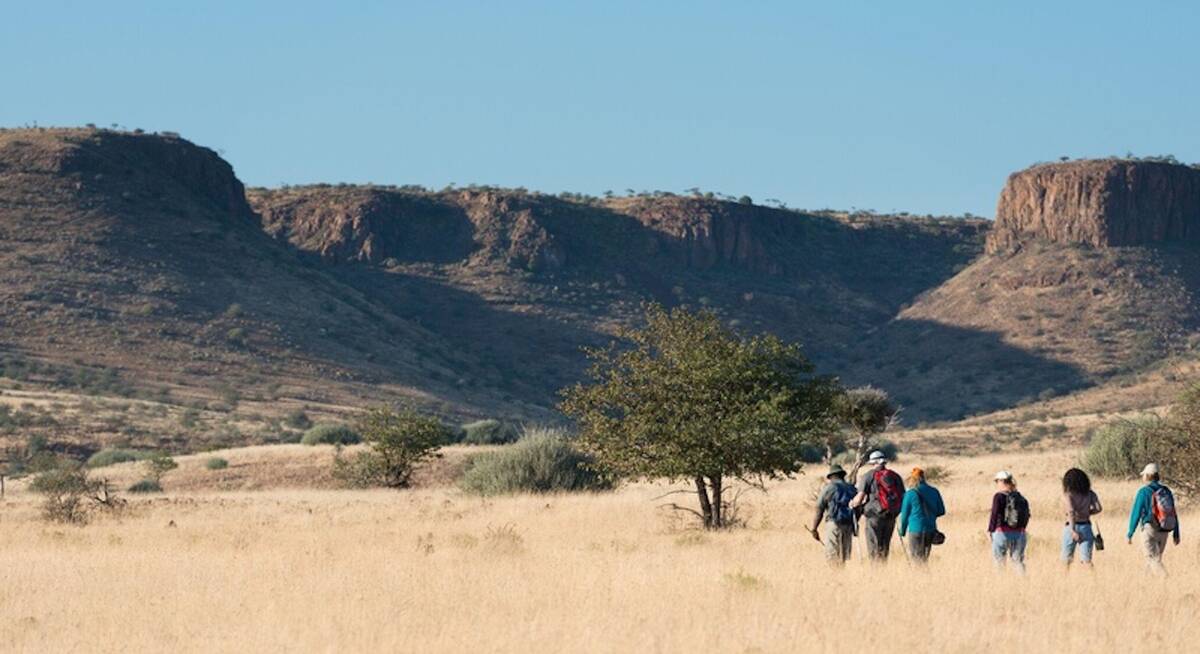
Chongololo Self-drive Safari
21 days • 11 locations
WINDHOEK AIRPORT TO WINDHOEK AIRPORT
This self-drive safari focuses on the best walking experiences in Namibia. Get your boots ready for the apricot dunes of the Namib Desert and the ancient hills of Damaraland.
US$9,250 - US$10,220 per person
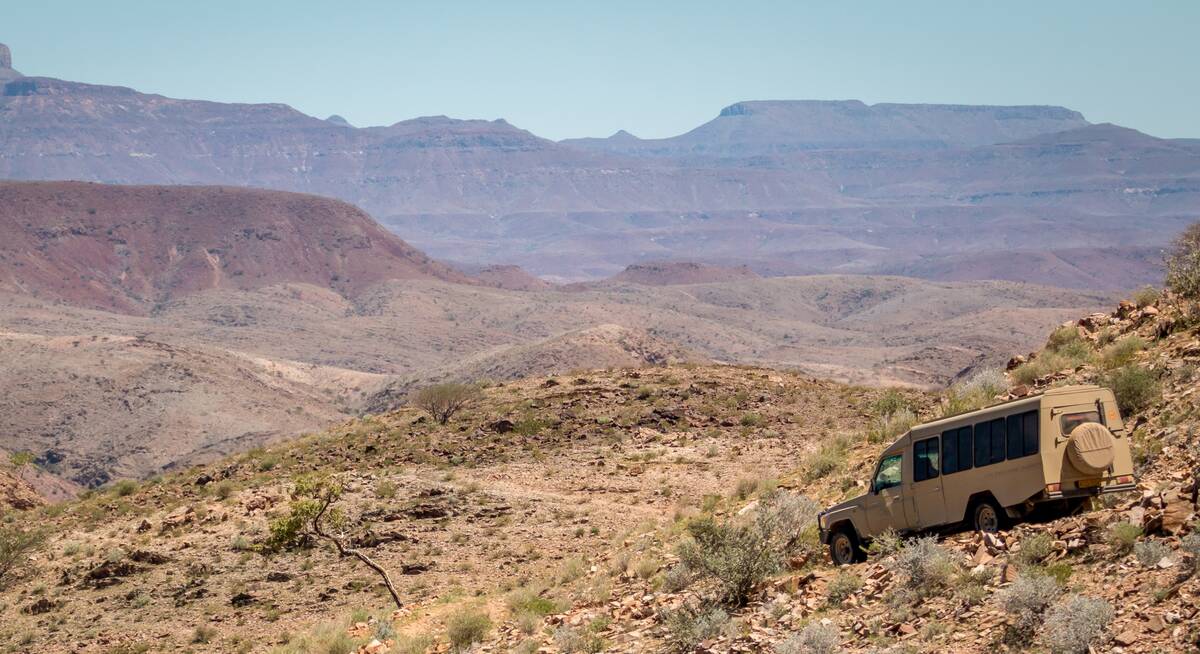
Cape Fox Guided Safari
13 days • 7 locations
WINDHOEK AIRPORT TO WINDHOEK AIRPORT
A classic clockwise circuit around Namibia’s northern highlights with a private guide and vehicle. We can’t think of a better way to see more in this timeframe.
US$11,820 - US$13,760 per person
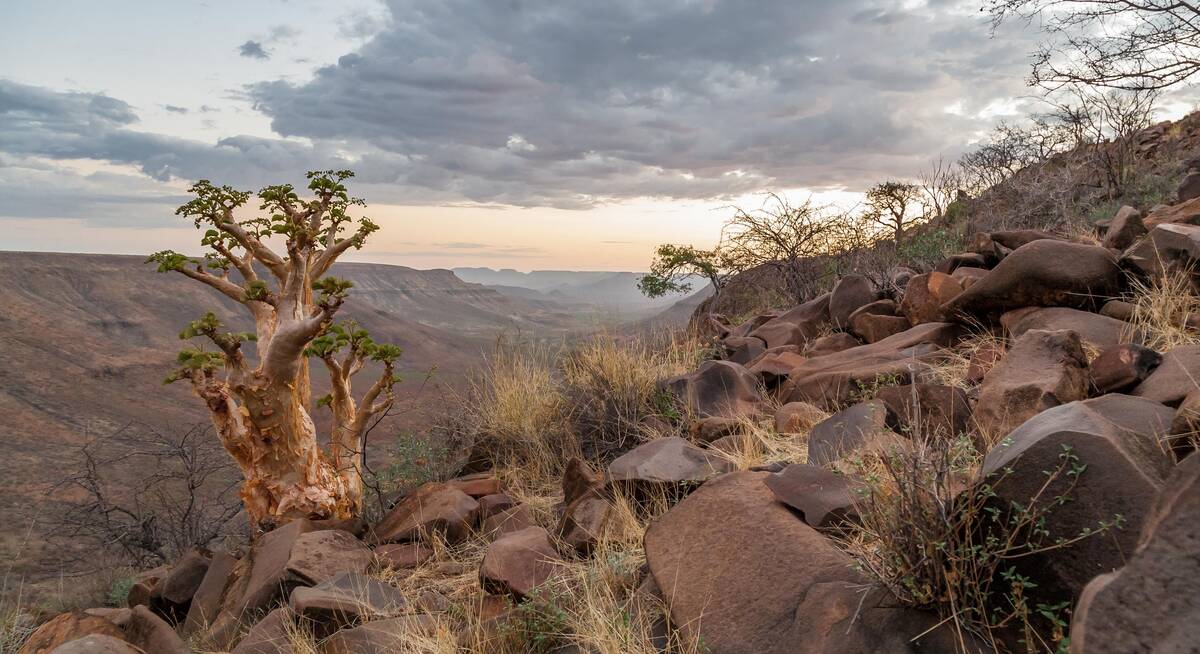
Dune Lark Fly & Drive Safari
14 days • 8 locations
WINDHOEK AIRPORT TO WINDHOEK AIRPORT
A combination fly-in self-drive exploration of Namibia, with quick, easy and scenic flights in and out of Sossusvlei before a classic road trip adventure of the country’s rugged north.
US$5,530 - US$5,940 per person
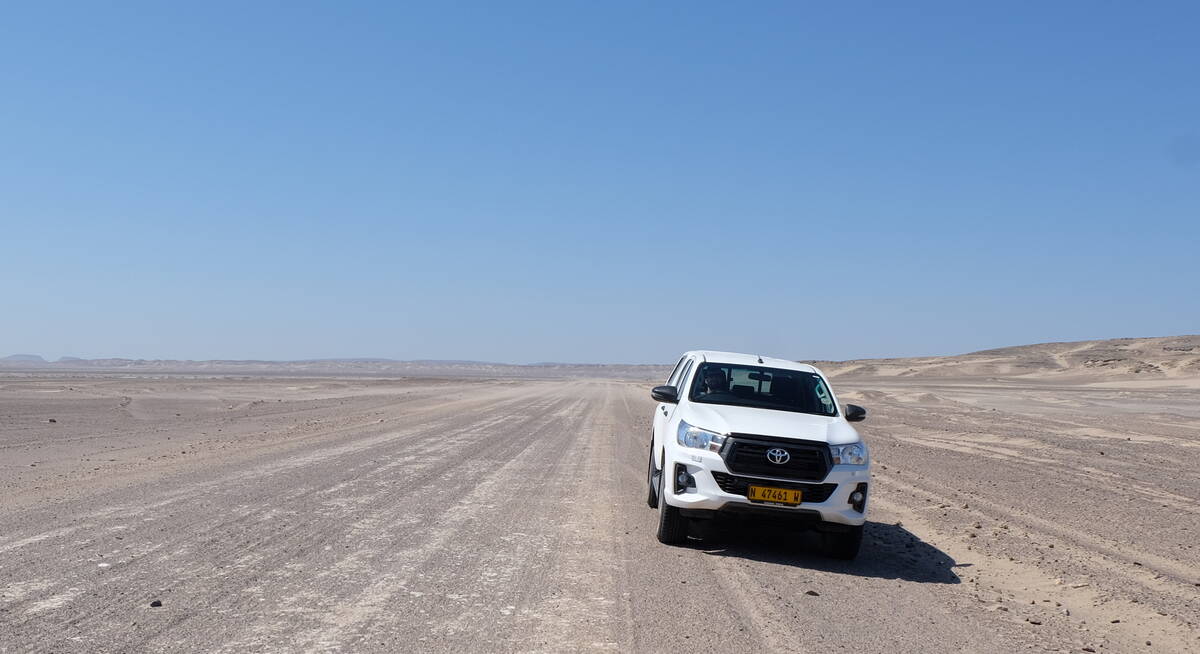
Caracal Self-drive Safari
14 days • 8 locations
WINDHOEK AIRPORT TO WINDHOEK AIRPORT
The quintessential Namibian self-drive adventure exploring the highlights from Sossusvlei and the Namib Desert to Damaraland’s wilderness and a safari in Etosha. A great mix of accommodation and excellent value.
US$3,960 - US$4,250 per person
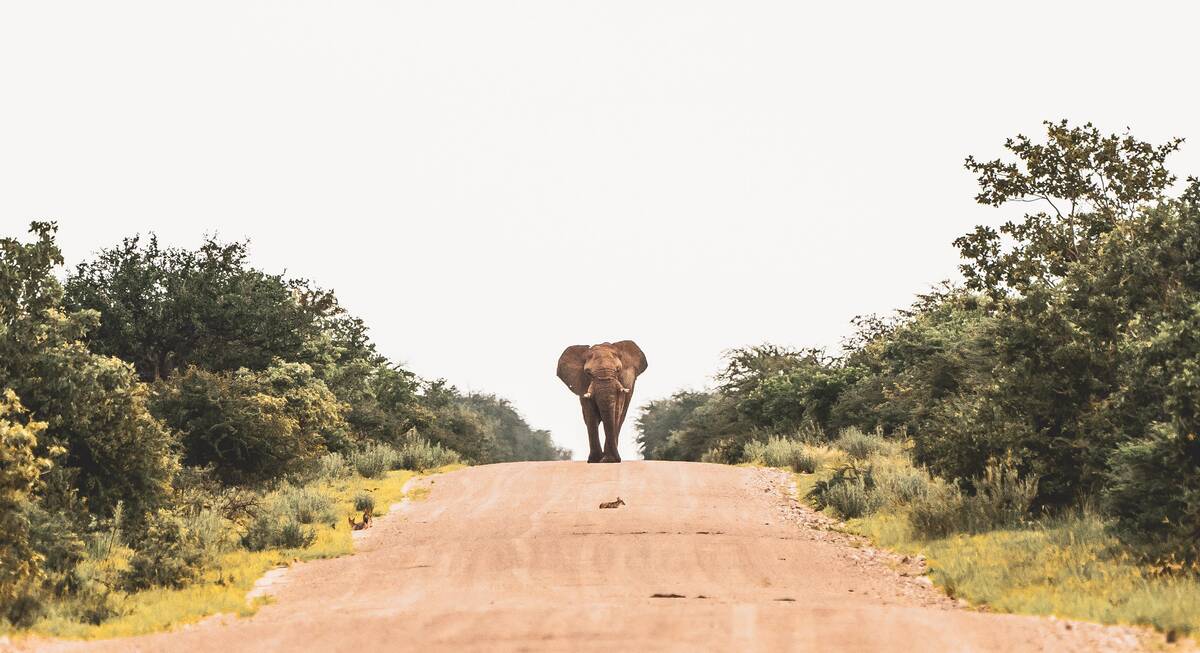
Black Wildebeest Self-drive Safari
19 days • 10 locations
CAPE TOWN AIRPORT TO WINDHOEK AIRPORT
Journey from South Africa’s cosmopolitan Cape Town to central Namibia’s Okonjima Nature Reserve during this self-driven safari. The route passes through a stunning variety of landscapes, offering access to this beautiful continent’s rich diversity.
US$4,280 - US$4,390 per person
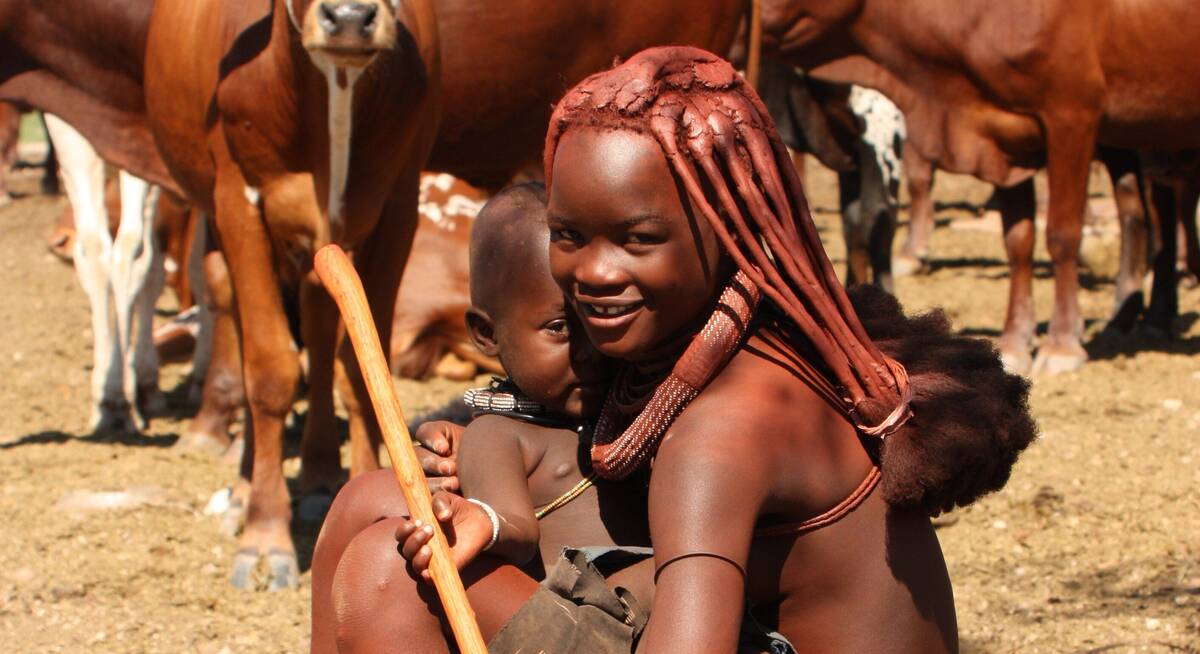
Hartebeest Self-drive Safari
16 days • 8 locations
WINDHOEK AIRPORT TO WINDHOEK AIRPORT
This self-drive safari focuses on the best cultural experiences in Namibia. Visit a Himba village and enjoy three days living with the San Bushmen interspersed with some excellent wildlife watching.
US$4,800 - US$4,990 per person
Most recent reviews of our safaris to Central Highlands
Click below to browse all 656 reviews from Central Highlands. All from our travellers; all are in full & unedited.
Arrived 1 May 2025, 19 nights
"My May 2025 trip"
Overall rating: Excellent
Arrived 11 Apr 2025, 16 nights
"A unique and memorable adventure"
Overall rating: Excellent
Arrived 1 Apr 2025, 16 nights
"My Apr 2025 trip"
Overall rating: Excellent
Arrived 17 Mar 2025, 17 nights
"My Mar 2025 trip"
Overall rating: Good
Arrived 15 Mar 2025, 20 nights
"My March 2025 trip"
Overall rating: Excellent
Arrived 5 Mar 2025, 14 nights
"Namibia March 2025"
Overall rating: Excellent
Arrived 15 Nov 2024, 13 nights
"My Nov 2024 trip"
Overall rating: Excellent
Arrived 7 Oct 2024, 17 nights
"My Oct 2024 trip"
Overall rating: Excellent
Arrived 30 Sep 2024, 12 nights
"Our October Namibia Trip"
Overall rating: Excellent
Arrived 23 Sep 2024, 11 nights
"My Sep 2024 trip"
Overall rating: Excellent
Where to stay in the Central Highlands
The Central Highlands boast a broad range of accommodation options, ranging from luxurious lodges to intimate guest farms where you’ll feel like one of the family.
Private nature reserves allow you to focus on wildlife; mountain lodges give access to some superb hiking. Some are perfect for one-night stopovers, others reward a longer stay.
Choose between elegant lodges equipped with modern amenities or rustic camps that offer a more authentic atmosphere. Whether your preference is for adventure or tranquility, you will find plenty of choice in this picturesque region.
For more information on the best fit for your stay, don't hesitate to ask us.
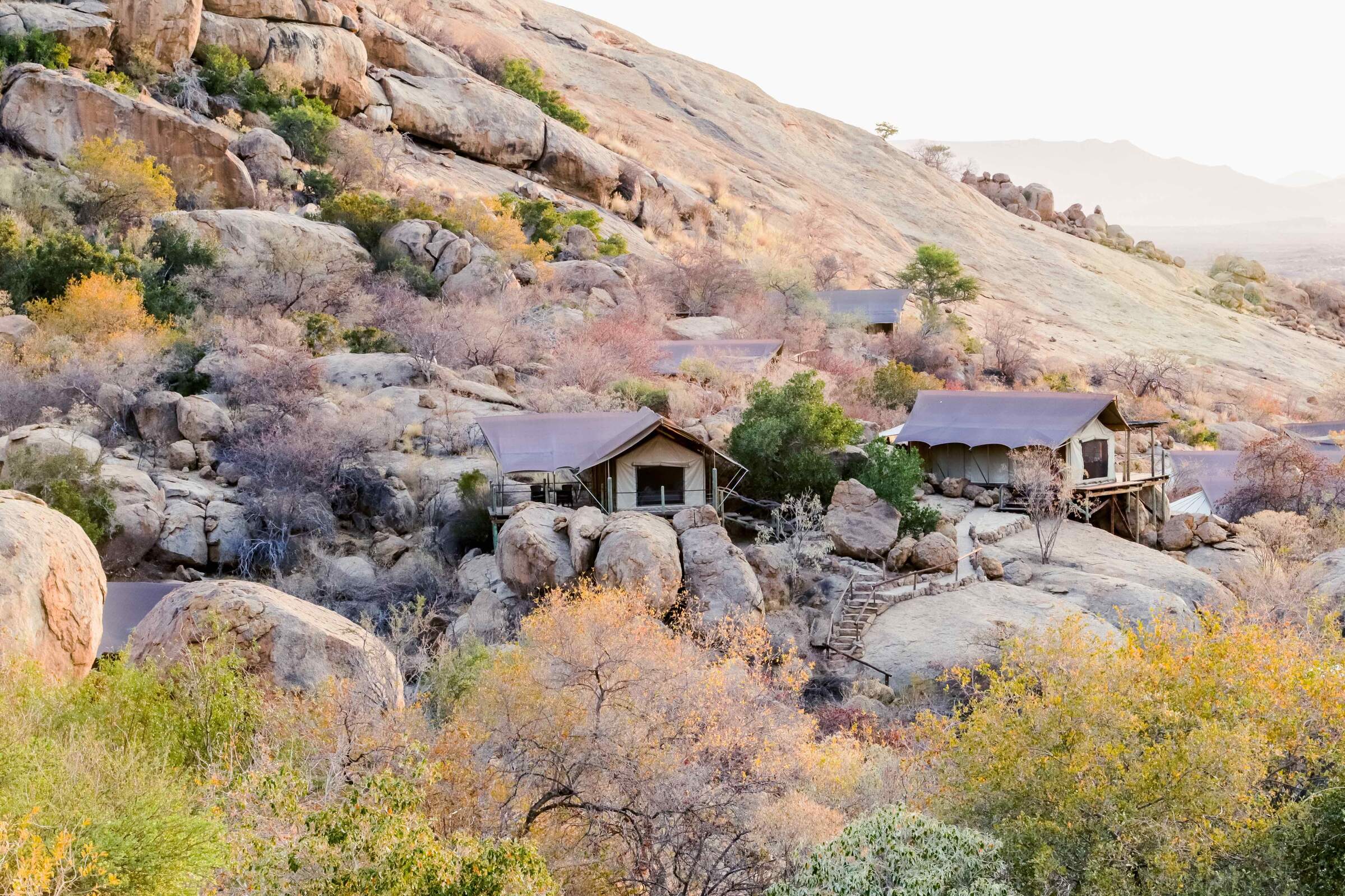
Ondudu
A long-time favorite, Ondudu Safari Lodge is now under new management, and we're eager to see how this charming, laid-back retreat continues to evolve.
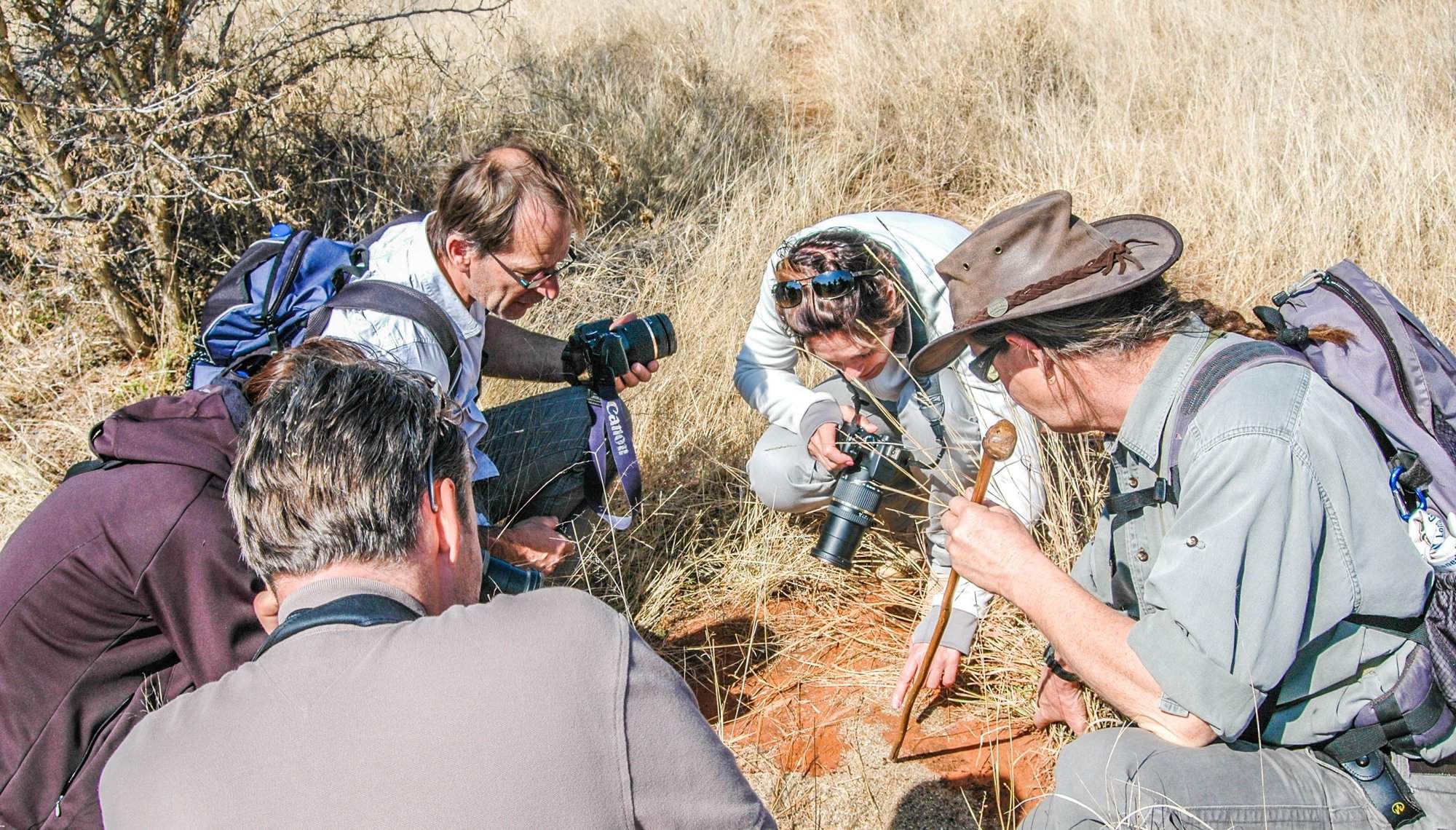
Mundulea Reserve
The rustic Mundulea Bushcamp offers superb and varied walking in the company of a top-class guide on a reserve that features many endangered or endemic species.
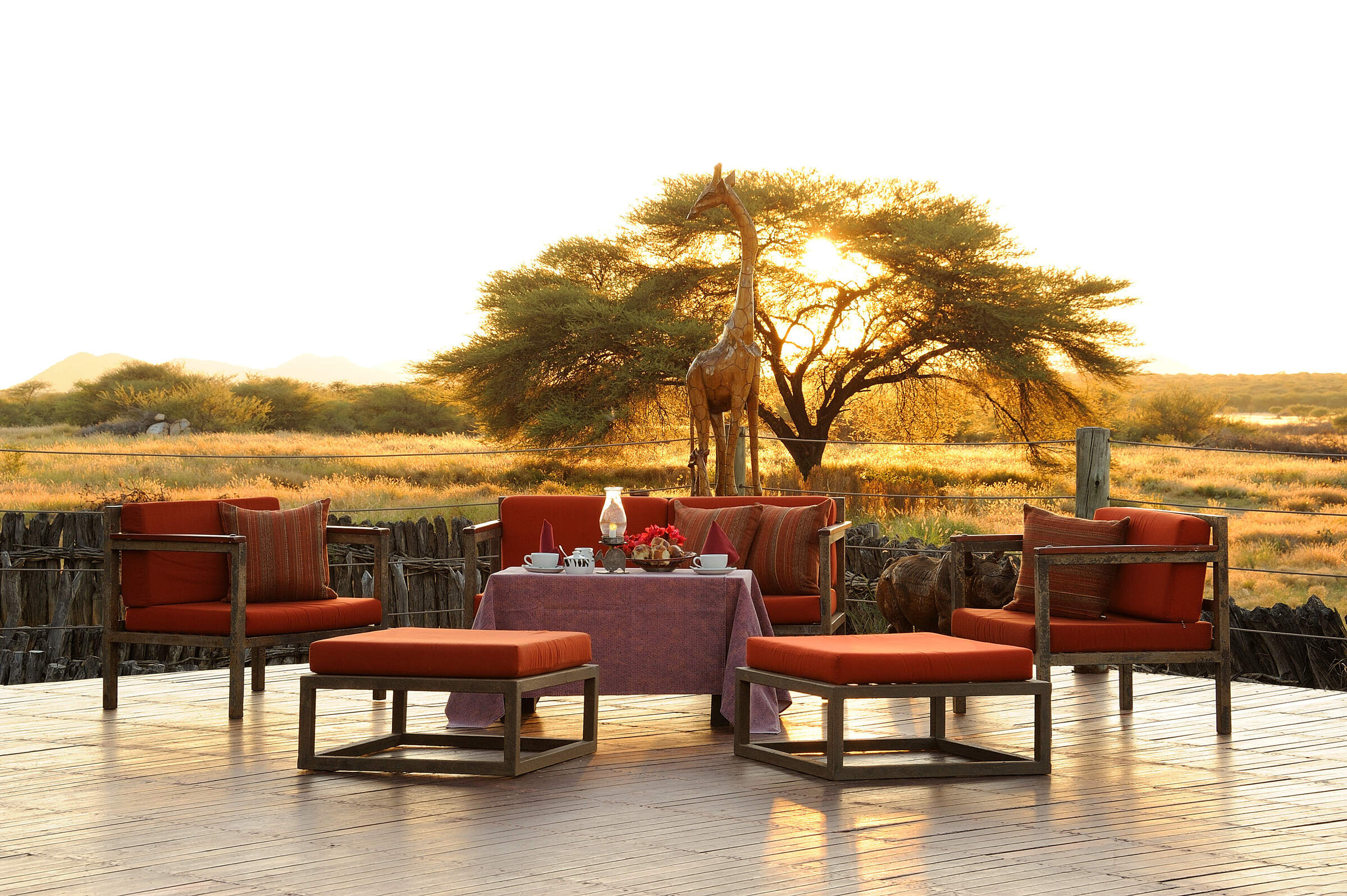
Frans Indongo Lodge
For a chance to spot some rare game species, Frans Indongo Lodge is an ideal stop over between Windhoek and the Etosha National Park.
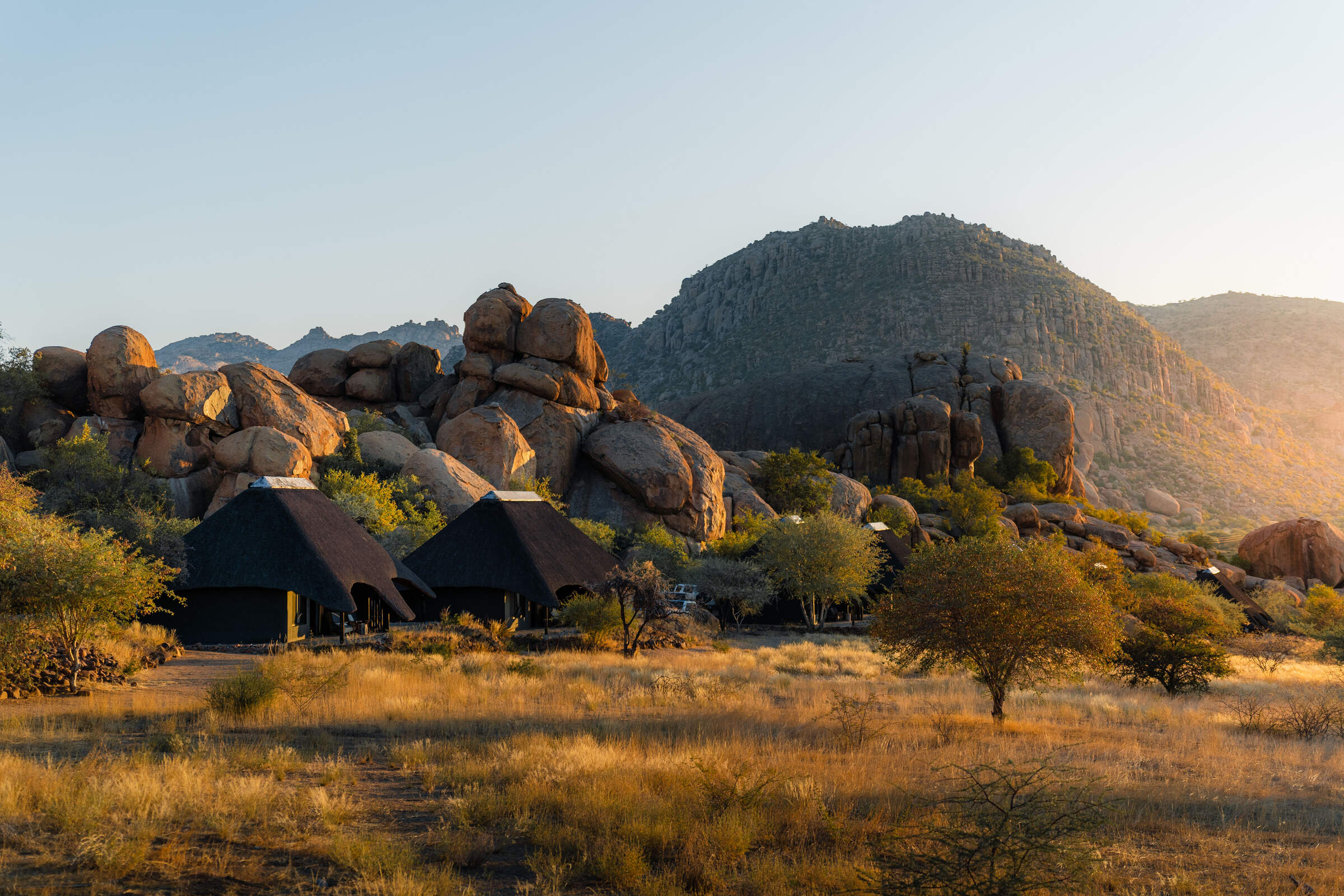
Ai Aiba Lodge
A convenient stop between Etosha and Windhoek,.Ai Aiba is a simple and relatively large lodge with plenty of great walking, and some spectacular San rock art.
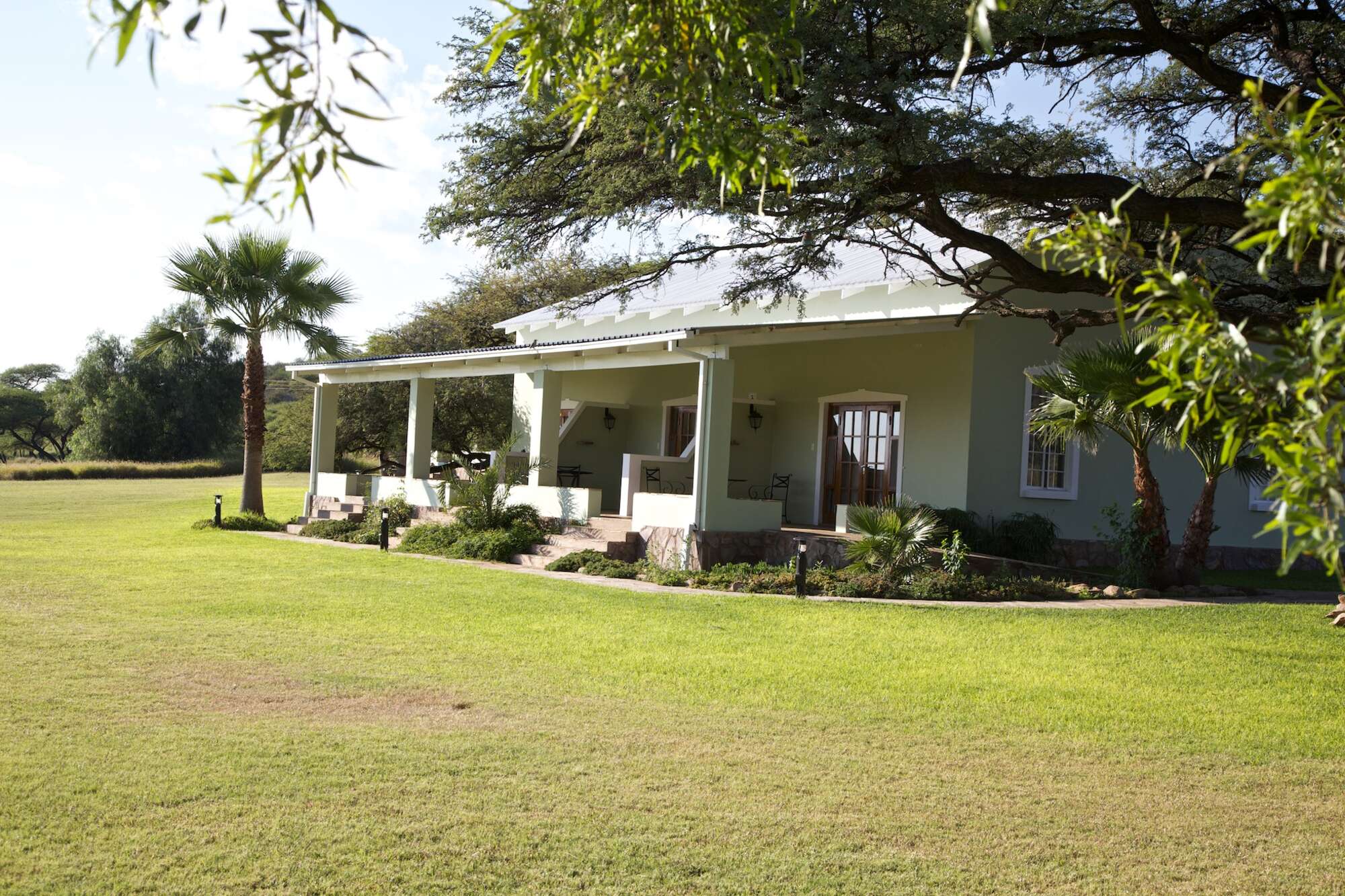
Ghaub Guest Farm
Ghaub Guestfarm is a charming guestfarm on the site of an old mission station, in an unusually verdant patch of Namibia.
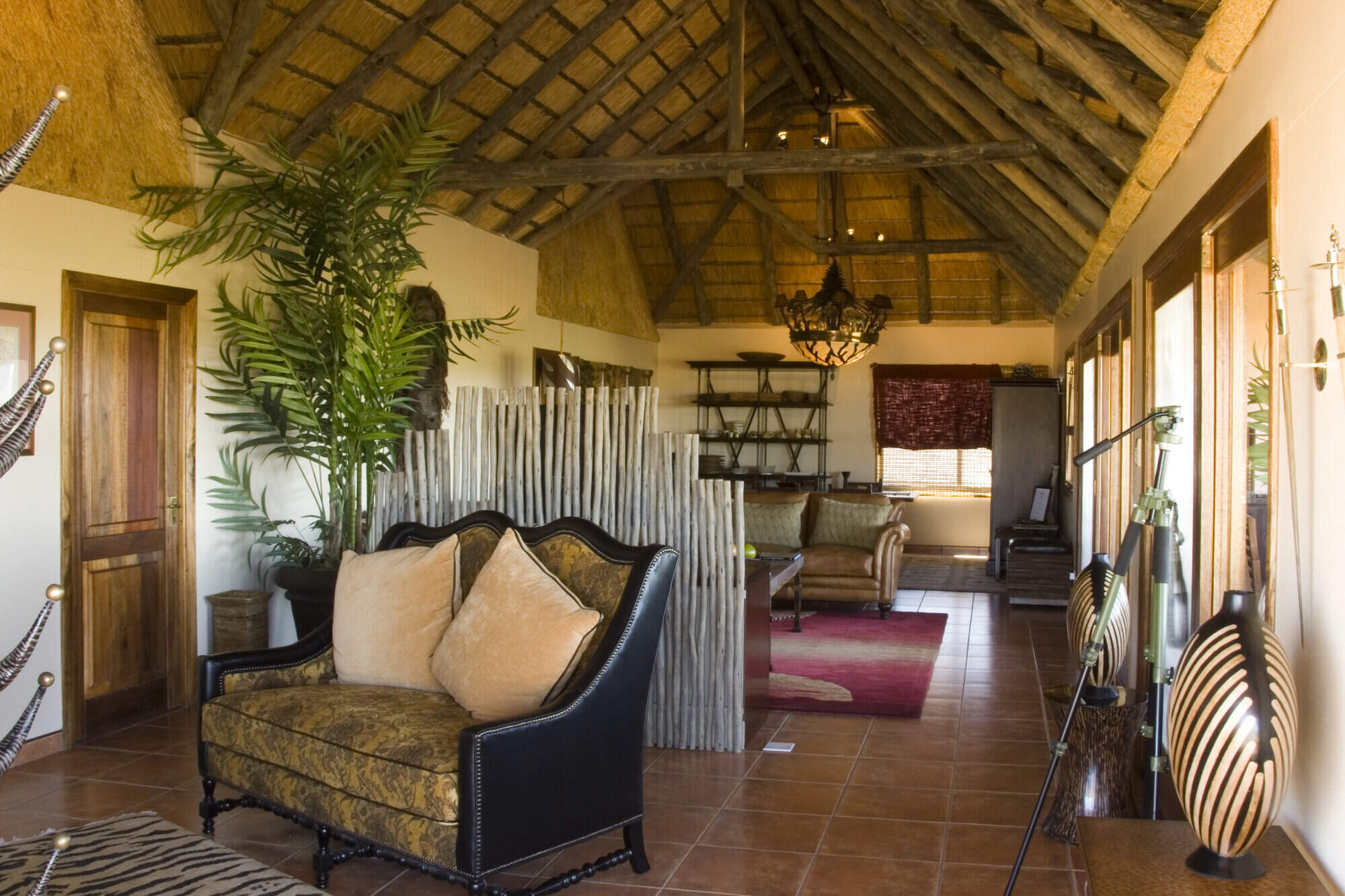
Cheetah View
Cheetah View Lodge offers guests the chance to see cheetahs at close range and to learn about the work of the Cheetah Conservation Fund.
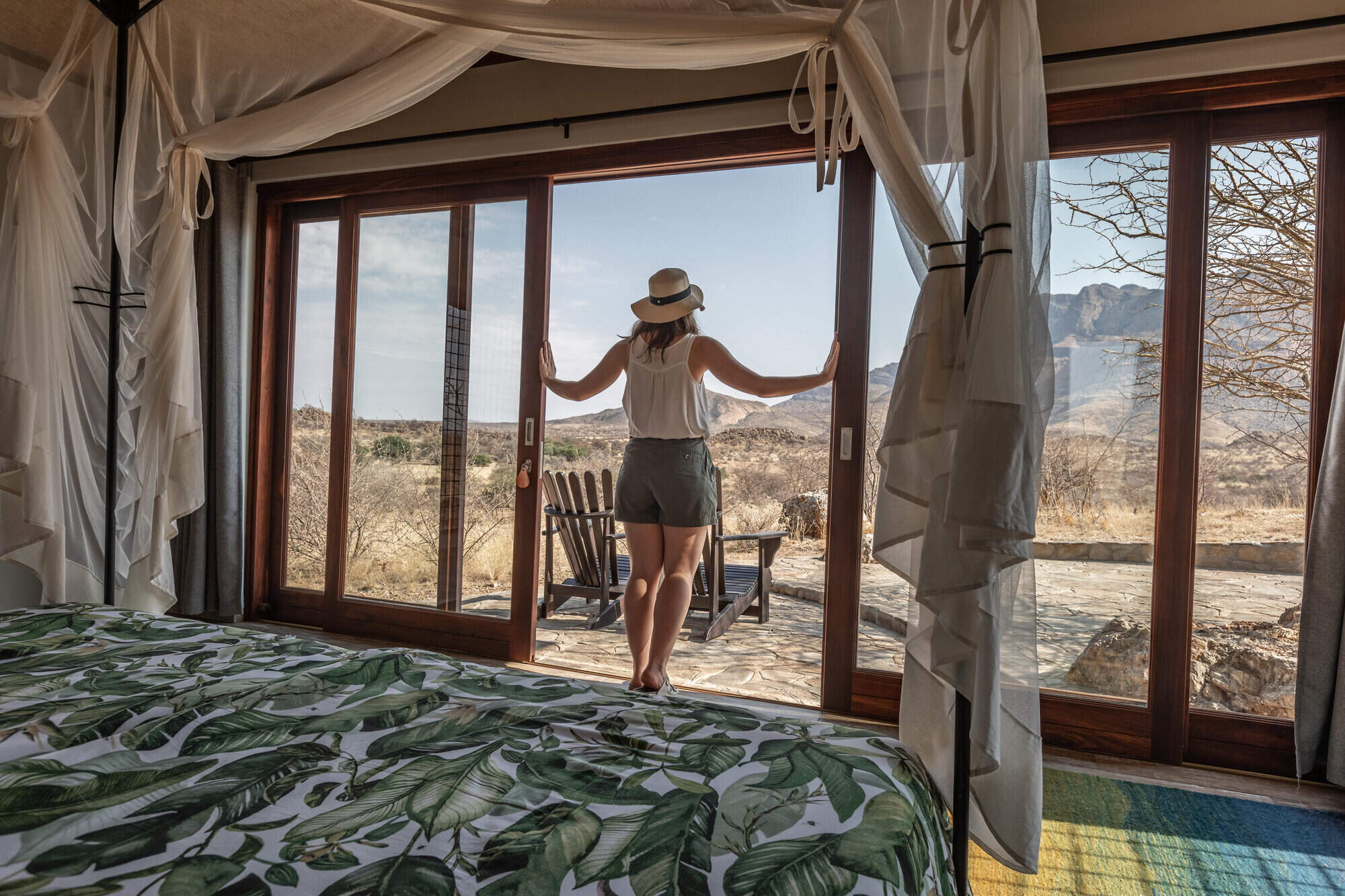
Hohenstein Lodge
Hohenstein Lodge is situated south of the Erongo Mountain Range. Each of its ten chalets has been built to make the most of the panoramic views.
Our traveller’s wildlife sightings in the Central Highlands
Namibia’s Central Highlands are perhaps an unexpected wildlife sanctuary, home to a diversity of species.
The region notably shelters the critically endangered black rhino, known for its aggressive demeanour. Stealthy leopards, formidable predators, prowl the rocky landscapes, and in some places cheetahs patrol the plains.
Often seen grazing on the plains is the striking Hartmann's mountain zebra, with its black and white stripes extending to its underbelly, along with oryx, giraffe, sable antelope and roan antelopes, eland and wildebeest. Far more elusive are the nocturnal pangolin, and the brown hyena.
Click on a species below for more information on the top locations in the Central Highlands for wildlife sightings, or see our interactive map showing the best locations for individual wildlife species in Namibia. Read about our survey's methodology.

90% success

75% success

54% success

52% success

38% success

32% success

32% success

28% success

11% success

2% success

2% success

1% success

1% success

1% success

0% success
When to go to Central Highlands
Namibia’s Central Highlands has distinct wet and dry seasons.
The wet season (November to April) is hot with occasional rain, creating lush landscapes and excellent birdwatching. The dry season (May to October) is dry and cooler up to September, ideal for wildlife viewing as animals gather around water sources.
Spring brings wildlife births, while autumn offers clear skies for stargazing. The Erongo Mountains and Waterberg Plateau offer year-round hiking and game viewing. Safaris are best in the dry season when vegetation and natural waterholes are sparse, although the AfriCat Foundation near Otjiwarongo provides excellent big cat encounters year-round.
Click on the months below for a detailed guide on travelling to this area each month:
Jan
Feb
Mar
Apr
May
Jun
Jul
Aug
Sep
Oct
Nov
Dec
Central Highlands in January
The Central Highlands experiences the heart of the rainy season in January. The Erongo Mountains and Otavi Highlands see localised showers, creating a refreshing change in the landscape.
Days can be clear and warm, with temperatures around 30°C/86°F, while others bring spectacular thunderstorms. These rains can cause flash floods in ephemeral rivers, temporarily transforming the usually dry landscape. The greening environment makes a striking contrast, especially in the rocky terrains of Spitzkoppe and Brandberg.
Many birds in the region, including those in the Waterberg Plateau Park, are in full breeding plumage, and migrant species are abundant. Wildlife in areas like the AfriCat Foundation near Otjiwarongo may be more dispersed due to increased water availability, making sightings less predictable.
- Variable weather, hot with occasional rain
- Thunderstorms possible in the Erongo Mountains and surrounding areas
- Wildlife dispersed, harder to spot
- Birdlife spectacular in the Waterberg Plateau
- Fewer tourists, lower rates for accommodation
Our view
This is not a great time to visit
Weather in January
Central Highlands in February
February is typically the wettest month in the Central Highlands. The variation in weather is significant; areas like Okahandja and Otjiwarongo can experience heavy rains, while the Erongo Mountains might see more sporadic showers. Some days are clear and hot, while others bring cloudy skies and spectacular thunderstorms. These rains can make travel challenging, especially on unpaved roads to attractions like Spitzkoppe.
The landscape turns vibrantly green, particularly noticeable in the usually arid areas around Brandberg. This abundance of water and vegetation makes wildlife viewing in places like the Waterberg Plateau Park more challenging, as animals disperse widely. However, it's an excellent time for birdwatching, with many species raising their young and insects becoming more prevalent.
- Hot and humid with some rainfall
- Lush landscapes in Otavi Mountains
- Excellent birdwatching opportunities
- Wildlife viewing challenging but rewarding
- Few tourists, good deals on accommodation
Our view
This is not a great time to visit
Weather in February
Central Highlands in March
March usually sees the rains in the Central Highlands tapering off, and daily temperatures can spike to close to 40°C/104°F. The Erongo and Otavi Mountains may still experience occasional showers, but many days are clear with strong sunshine. Late afternoons might bring short, spectacular thunderstorms, particularly around higher elevations like Waterberg Plateau.
The landscapes across the region, from Okahandja to Otjiwarongo, are often at their most vivid green. This abundance of vegetation can make wildlife spotting more challenging in areas like the AfriCat Foundation, as animals have plenty of cover. However, it's an excellent time for hiking in the Erongo Mountains or exploring the rock art at Brandberg – though it’s recommended to hike in the early mornings to avoid the soaring temperatures and last of the summer storms in the afternoons.
Many birds and animals are finishing raising their young, making it an interesting time for nature observation.
- Less rainfall, though humid and hot
- Erongo Mountains ideal for hiking
- Animals well-fed after months of plentiful rainfall
- Migratory birds begin to depart
- Few tourists visit during March, so rates often low
Our view
A good time to visit, with pros & cons
Weather in March
Central Highlands in April
April in the Central Highlands central Namibia is dominated by dry weather, with decreasing chances of rain. Temperatures in areas like Okahandja and Otjiwarongo start to fall towards the end of the month, making daytime conditions pleasant for outdoor activities. The nights might have a slight chill, especially in higher areas like the Erongo Mountains.
The landscape remains verdant from the recent rains, creating beautiful scenery around attractions like Spitzkoppe and Brandberg. This is an excellent time for photography, with clear air and spectacular landscapes. Wildlife viewing at places like the AfriCat Foundation or Waterberg Plateau Park can be rewarding, with animals in great condition after the rainy season. However, finding big game can still be challenging as water remains widely available.
April offers good value for tourists, with many lodges still charging low-season rates.
- Cooler nights, pleasant daytime temperatures
- Easter brings a slight increase in visitors
- Wildlife more visible as vegetation thins
- Fresh air and green landscapes
- Great time for photography in Spitzkoppe
Our view
A good time to visit, with pros & cons
Weather in April
Central Highlands in May
By May, central Namibia starts drying out rapidly. Days are typically warm with crisp, clear mornings and blue skies. Evenings are cool, with temperatures potentially dropping below 10°C/50°F overnight. If the rains have been good, areas like the Erongo Mountains and Otavi Highlands remain green, but wildlife starts to concentrate around permanent water sources.
The air quality and clarity in the region can be amazing, making this an ideal month for photography at iconic locations like Spitzkoppe or Brandberg. This is an excellent time for hiking in the Erongo Mountains or exploring the Waterberg Plateau, with comfortable temperatures and increasingly good wildlife sightings.
Many lodges in the area still offer low-season prices, making May a great value month for visiting the area.
- Dry, warm days and cool nights
- Landscapes transition from green to gold
- Excellent visibility for wildlife viewing
- Moderate rates as high season approaches
Our view
A very good time to visit
Weather in May
Central Highlands in June
June brings dry conditions. Skies are blue and largely cloudless over areas like Okahandja and Otjiwarongo. Days are lovely and warm, but nights can be cold, sometimes approaching freezing in exposed areas like Spitzkoppe. Visitors should pack warm clothing for early morning activities, such as game drives at the AfriCat Foundation.
Wildlife viewing in the region, especially around Waterberg Plateau Park, follows dry-season patterns with animals congregating around water sources. The clear air makes this an excellent time for photographers to capture the dramatic landscapes of the Erongo Mountains or Brandberg.
Historically, June has offered lower rates, but with increasing popularity, some lodges now consider it part of their high season, so early booking is advisable.
- Clear, crisp days and cold nights
- Erongo Conservancy offers great game drives
- Stargazing opportunities in the Brandberg area
- Wildlife concentrates around water sources
- Moderate lodge rates, increasing number of visitors
Our view
A very good time to visit
Weather in June
Central Highlands in July
July in the Central Highlands offers reliably warm daytime temperatures above 20°C/68°F and excellent wildlife viewing opportunities. Rain is extremely rare, and clear skies provide perfect conditions for stargazing in areas like the Erongo Mountains. However, the occasional cold front can pass over the area, and nights can be very cold, potentially dipping below freezing in exposed areas like Spitzkoppe. Visitors should dress in layers and be prepared for chilly mornings and evenings.
As vegetation becomes sparse, game concentrates around water sources, making this an ideal time for wildlife viewing at places like the AfriCat Foundation near Otjiwarongo, or Waterberg Plateau Park. The dry conditions also make this a great time for hiking and rock climbing activities in the region.
Lodges typically charge high-season rates, and popular spots can book up well in advance.
- Dry days, cold nights in the Central Highlands
- Peak season for wildlife viewing begins
- European holidays bring more family travellers
- Higher rates, advanced bookings necessary
- Excellent time for hiking in Waterberg
Our view
A very good time to visit
Weather in July
Central Highlands in August
August marks the height of winter in the Central Highlands. Expect cloudless skies and warm sun during the day, but nights can drop to freezing in exposed areas like Spitzkoppe or the Erongo Mountains. Visitors should bring warm clothes for chilly mornings and evenings, especially for activities like early game drives.
The landscape is at its driest, with golden-brown vegetation dominating. This makes wildlife viewing excellent, particularly in areas like Waterberg Plateau Park or the AfriCat Foundation near Otjiwarongo, as animals congregate around remaining water sources.
August is one of the most popular times to visit the Central Highlands, especially for families. Attractions like Brandberg's rock art sites or hiking trails in the Erongo Mountains are particularly appealing in the cooler weather. Early booking is essential for the best lodges.
- Warm days in the sun, very cold nights
- Spectacular stargazing in Erongo Mountains
- Wildlife viewing at its best in the region
- Peak season rates, limited availability
Our view
Fantastic: the very best time to visit
Weather in August
Central Highlands in September
September in the Central HighlandsCentral Highlands brings blue, cloudless skies and fantastic wildlife viewing opportunities. Rain is almost unheard of, and as the month progresses, both days and nights get warmer. Daytime temperatures in areas like Okahandja and Otjiwarongo can reach the low 30s °C/80s °F .
The air becomes dustier, which can create hazy conditions for photographers capturing the dramatic landscapes of Spitzkoppe or the Erongo Mountains. Wildlife viewing is at its peak, with animals congregating around remaining water sources. This makes September an excellent time to visit places like the AfriCat Foundation or Waterberg Plateau Park.
It's one of the most popular months for visitors, especially safari enthusiasts, and lodges charge high-season rates. Early booking is advisable for prime locations.
- Warm days, temperatures rising steadily
- Landscapes golden brown, great for photos
- Excellent month for wildlife observation
- High season rates, book well in advance
- Himba cultural tours available near Opuwo
Our view
Fantastic: the very best time to visit
Weather in September
Central Highlands in October
October is typically the hottest and driest month in the Central Highlands. Temperatures build throughout the month, with daily highs potentially exceeding 40°C/104°F in areas like Okahandja and Otjiwarongo. Despite the heat, the low humidity makes conditions bearable.
This is the peak of the dry season, making it an excellent time for wildlife viewing in places like Waterberg Plateau Park or the AfriCat Foundation, as animals gather around scarce water sources. However, dust and occasional smoke can make the air hazy, challenging for photographers. The Erongo Mountains and Spitzkoppe offer dramatic, parched landscapes.
October is popular among wildlife enthusiasts and commands peak-season prices. Towards the end of the month, visitor numbers may decrease slightly, offering a window for last-minute bookings.
- Hot and dry throughout Central Highlands
- Prime time for game viewing in reserves
- Waterberg Plateau offers scenic hikes
- Peak rates, limited availability at lodges
- Spitzkoppe ideal for rock art enthusiasts
Our view
A very good time to visit
Weather in October
Central Highlands in November
November in the Central Highlands can be unpredictable. Mornings are often hot and cloudless, but afternoons may bring cloud cover and cooler temperatures. Areas like Okahandja and Otjiwarongo might experience spectacular late-afternoon thunderstorms as humidity builds. These storms are typically localised and may be absent from more arid areas like Spitzkoppe. Places receiving good rain, such as the Erongo Mountains, quickly turn green, bringing a sense of renewal to the landscape.
This is an exciting time for wildlife, with many mammals giving birth. Once rains arrive, wildlife in areas like Waterberg Plateau Park becomes more dispersed, making game viewing more challenging. However, November is excellent for birdwatchers, with migrant species arriving in breeding plumage, especially noticeable in the diverse habitats of the Central Highlands.
- Variable weather, possible early rains
- New vegetation growth begins if it rains
- Wildlife viewing good in Erongo region
- Shoulder season, rates become more moderate
- Bird watching excellent as migrants return
Our view
A good time to visit, with pros & cons
Weather in November
Central Highlands in December
December marks the start of the rainy season in the Central Highlands and is one of the hottest months. In areas like Okahandja and Otjiwarongo, clear mornings often give way to building clouds and occasional spectacular thunderstorms. These rains are generally welcomed, refreshing the parched landscapes of places like the Erongo Mountains and Spitzkoppe. Even short showers can trigger a rapid greening, providing food for young animals.
Wildlife tends to disperse widely, which can make game viewing at locations like the AfriCat Foundation or Waterberg Plateau Park more challenging. However, many birds are breeding, sporting their most colourful plumage.
The holiday season can make popular attractions and accommodation options busy, especially in cooler areas like the Erongo Mountains. Visitors should book well in advance and be prepared for potential weather-related changes to their plans.
- Hot with possibility of rain showers
- Landscapes green where rain has fallen
- Otavi Mountains offer scenic game drives
- Best time for birding enthusiasts
- Holiday season brings more local tourists
Our view
This is not a great time to visit
Weather in December
Central Highlands: In detail
Central Highlands
Between Windhoek and Etosha lie the Central Highlands: a region of gentle rolling hills where many of Namibia's larger farms and ranches can be found.
In this part of Namibia, the attractions are the guest farms and small lodges, rather than the area itself. Some protect their own private game reserves; for others their unique environments are the attraction; whilst some are simply comfortable places to stop when passing through.
Namibia's guest farms and small lodges are all different, reflecting their individual hosts and locations. All offer comfortable accommodation with en-suite facilities, and most organise activities around local points of interest, such as unique rock formations and cave paintings. As you will be staying in someone's home, you will often dine with your hosts; an opportunity to gain an insight into their personal views of Namibia.
Some of the main towns and points of interest here are detailed below:
Okahandja
Historically, Okahandja has long been the administrative centre for the Herero people, despite being considerably south-west of their main settlements. Missionaries first reached the area in the late 1820s, but it wasn't until 1849 that the first of them, Friedrich Kolbe, settled here.
Von Bach Dam
Gross Barmen Hot Springs
Additional attractions are some gentle walks in the surrounding hillsides and, especially for birdwatchers, a good little path cut right through the reedbeds. These all make pleasant strolls, and a couple of benches make good vantage points over the dam while you rest.
Omaruru
Erongo Wilderness Conservancy
The Erongo Wilderness Conservancy centres around the Erongo Mountains, huge boulder and granite formations on the outskirts of an ancient volcano. They are bordered by the Namib Desert to the west and mixed woodland savannah to the east. This rare confluence of ecosystems is home to a vast array of plant, reptile, mammal and bird species, some endemic to Namibia.
The Conservancy's mission includes the preservation of the rich cultural heritage in the form of rock paintings and engravings that are found throughout the area.
Map of Central Highlands
Choices for where to stay in Central Highlands
Central Highlands: Safaris
Namibia's Central Highlands, known for their diverse landscapes and – in places – a range of wildlife, are both a destination in their own right, and an ideal starting point for exploring other captivating areas of Namibia, from the Caprivi Strip to Etosha National Park and the Skeleton Coast.
Among our most popular holiday suggestions in the Central Highlands are the Caracal Self-Drive Safari and the Chongololo Self-Drive Safari, both offering the freedom to explore at your own pace. For a more relaxed stay, consider the Elegant Farmstead or the Frans Indongo Lodge, where you can immerse yourself in nature's beauty. Ghaub Guest Farm and Roy's Restcamp provide a rustic charm, while Okonjima is renowned for its leopard conservation programmes.
These are just ideas, so give us a call; we'll always tailor-make a trip for you.

Caracal Self-drive Safari
14 days • 8 locations
WINDHOEK AIRPORT TO WINDHOEK AIRPORT
The quintessential Namibian self-drive adventure exploring the highlights from Sossusvlei and the Namib Desert to Damaraland’s wilderness and a safari in Etosha. A great mix of accommodation and excellent value.
US$3,960 - US$4,250 per person

Black Wildebeest Self-drive Safari
19 days • 10 locations
CAPE TOWN AIRPORT TO WINDHOEK AIRPORT
Journey from South Africa’s cosmopolitan Cape Town to central Namibia’s Okonjima Nature Reserve during this self-driven safari. The route passes through a stunning variety of landscapes, offering access to this beautiful continent’s rich diversity.
US$4,280 - US$4,390 per person

Cape Fox Guided Safari
13 days • 7 locations
WINDHOEK AIRPORT TO WINDHOEK AIRPORT
A classic clockwise circuit around Namibia’s northern highlights with a private guide and vehicle. We can’t think of a better way to see more in this timeframe.
US$11,820 - US$13,760 per person

Dune Lark Fly & Drive Safari
14 days • 8 locations
WINDHOEK AIRPORT TO WINDHOEK AIRPORT
A combination fly-in self-drive exploration of Namibia, with quick, easy and scenic flights in and out of Sossusvlei before a classic road trip adventure of the country’s rugged north.
US$5,530 - US$5,940 per person

Chongololo Self-drive Safari
21 days • 11 locations
WINDHOEK AIRPORT TO WINDHOEK AIRPORT
This self-drive safari focuses on the best walking experiences in Namibia. Get your boots ready for the apricot dunes of the Namib Desert and the ancient hills of Damaraland.
US$9,250 - US$10,220 per person

Hartebeest Self-drive Safari
16 days • 8 locations
WINDHOEK AIRPORT TO WINDHOEK AIRPORT
This self-drive safari focuses on the best cultural experiences in Namibia. Visit a Himba village and enjoy three days living with the San Bushmen interspersed with some excellent wildlife watching.
US$4,800 - US$4,990 per person
Our best 8 lodges and safari camps in and around the Central Highlands
The Central Highlands of Namibia, with their rugged yet little-visited landscapes, offers a variety of accommodation for many budgets and styles.
Scattered across the region, lodges, bushcamps and farmhouses provide both seclusion and access to key wildlife and hiking areas. Although the range of facilities varies considerably, you can expert modern comforts in even the most rustic of camps.
Popular locations include the Erongo Mountains, Waterberg Plateau National Park and the Otavi Highlands, each offering distinct natural beauty and wildlife encounters. Among the top choices, Okonjima stands out for its leopards and its conservation work, Mundulea for its exceptional walking, and Frans Indongo Lodge for its rich cultural heritage and its proximity to the Cheetah Conservation Fund.

Ondudu
A long-time favorite, Ondudu Safari Lodge is now under new management, and we're eager to see how this charming, laid-back retreat continues to evolve.

Mundulea Reserve
The rustic Mundulea Bushcamp offers superb and varied walking in the company of a top-class guide on a reserve that features many endangered or endemic species.

Frans Indongo Lodge
For a chance to spot some rare game species, Frans Indongo Lodge is an ideal stop over between Windhoek and the Etosha National Park.

Ai Aiba Lodge
A convenient stop between Etosha and Windhoek,.Ai Aiba is a simple and relatively large lodge with plenty of great walking, and some spectacular San rock art.

Ghaub Guest Farm
Ghaub Guestfarm is a charming guestfarm on the site of an old mission station, in an unusually verdant patch of Namibia.
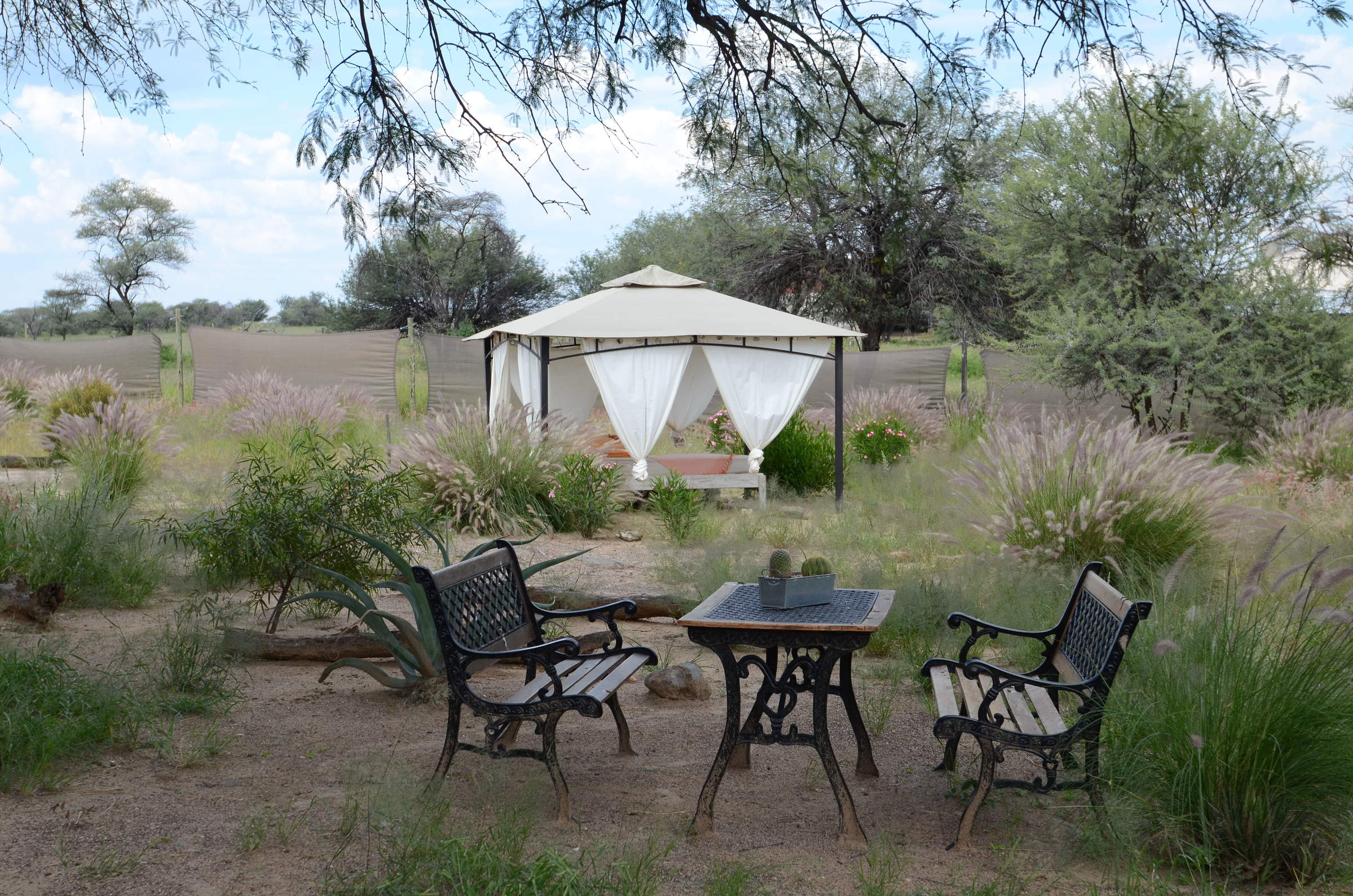
Elegant Farmstead
(CURRENTLY CLOSED) A stylish and peaceful lodge, The Elegant Farmstead is a relaxing and comfortable place to break the journey between Windhoek and Etosha.

Cheetah View
Cheetah View Lodge offers guests the chance to see cheetahs at close range and to learn about the work of the Cheetah Conservation Fund.

Hohenstein Lodge
Hohenstein Lodge is situated south of the Erongo Mountain Range. Each of its ten chalets has been built to make the most of the panoramic views.

Looking for inspiration on where to travel next?
Visit our trip chooser to explore your options and find inspiration for your perfect African adventure
Inspire meFrequently Asked Questions
Central Highlands FAQs
Our frequently asked questions about Namibia's Central Highlands provide helpful travel information. Whether you want to know more about the practicalities of when to visit and how to travel to and within the region, or to find out about cultural interactions and geological formations, this is the place to look. And do give us a call if you’d like to know more.
